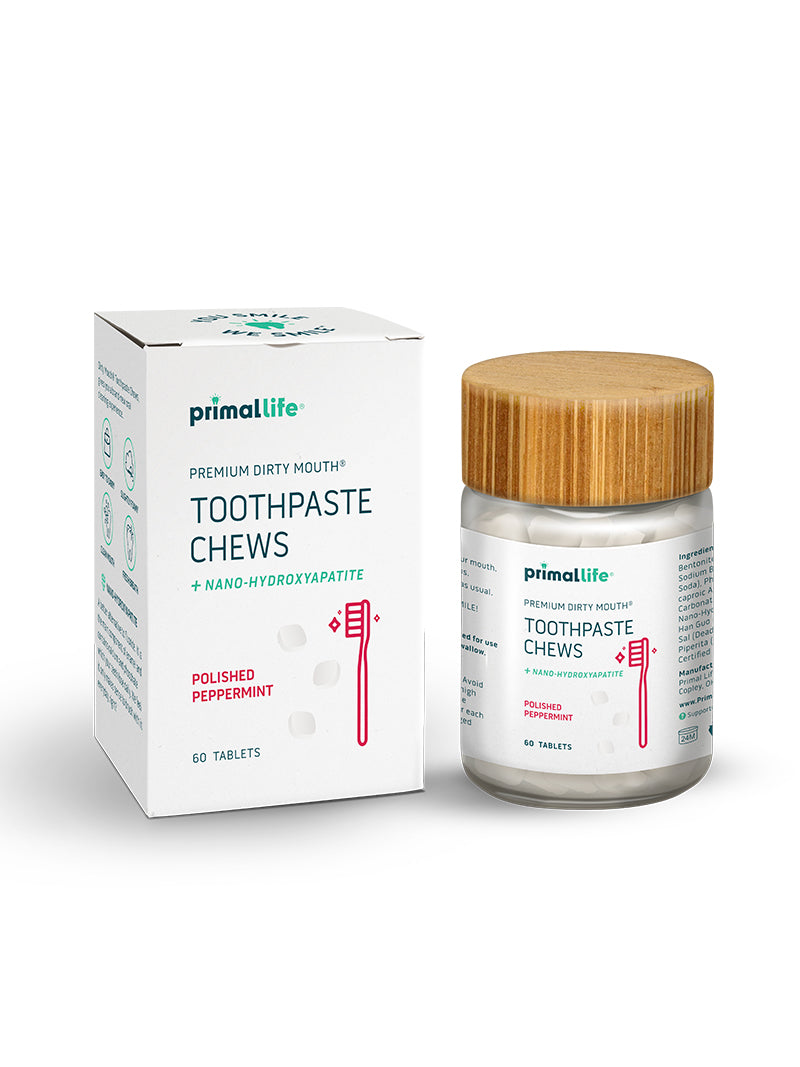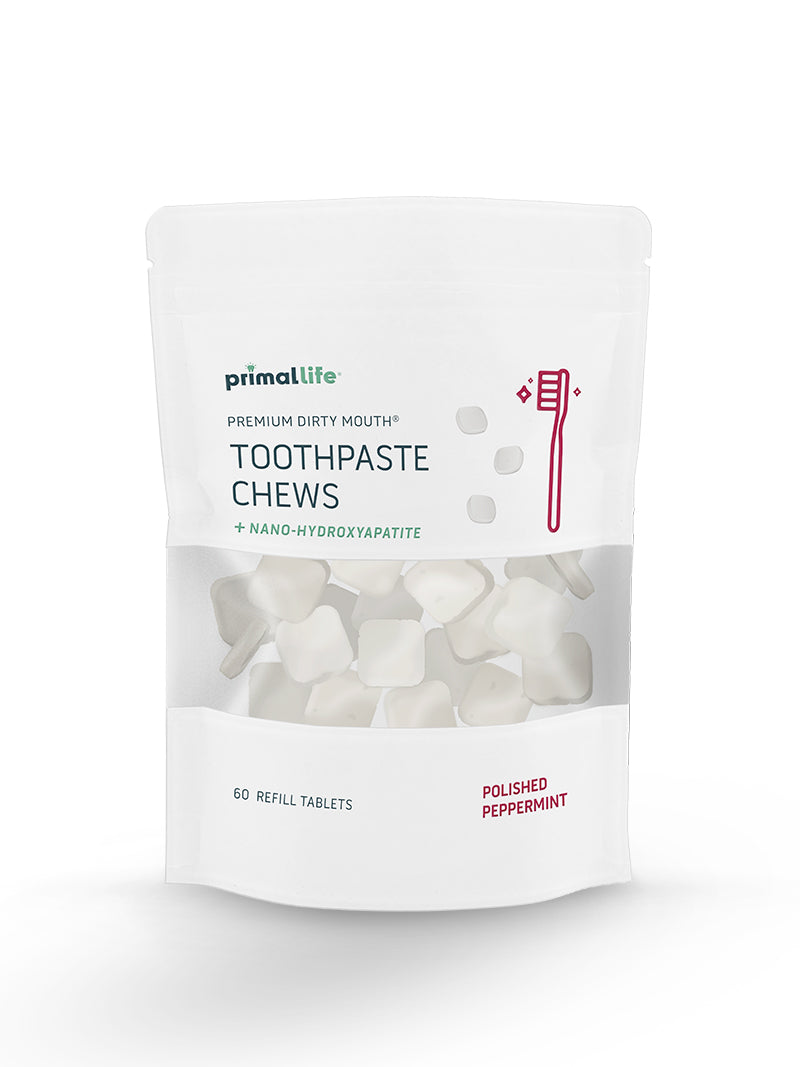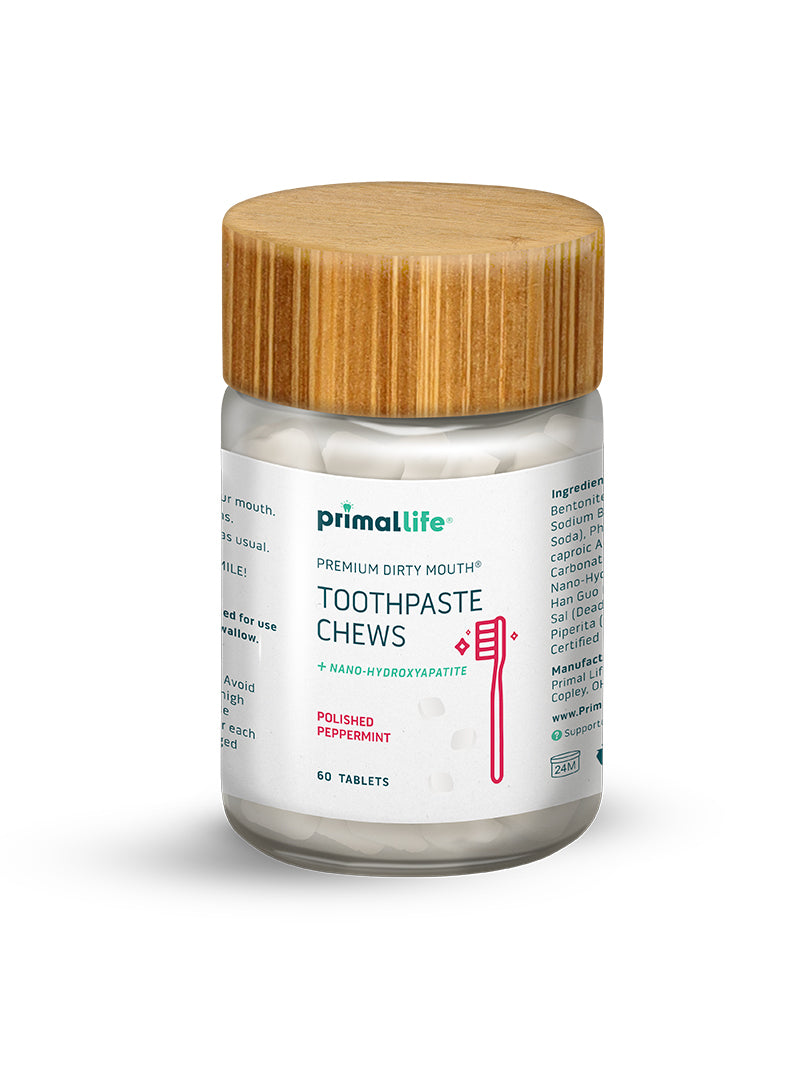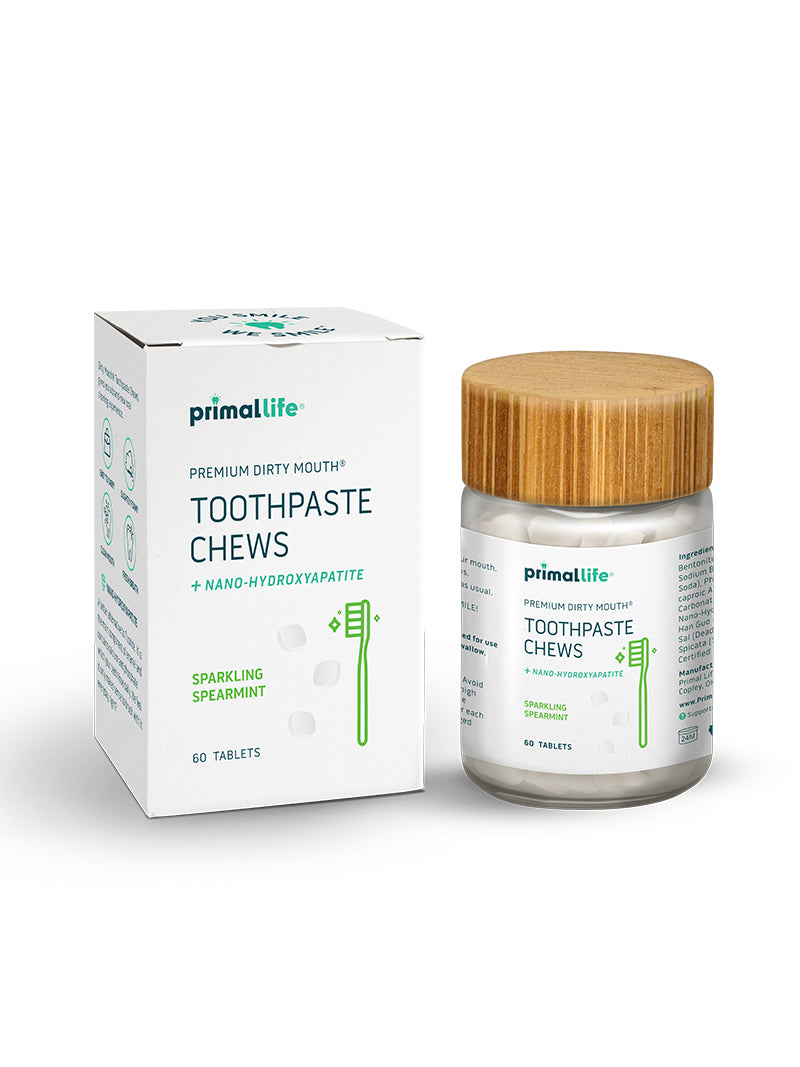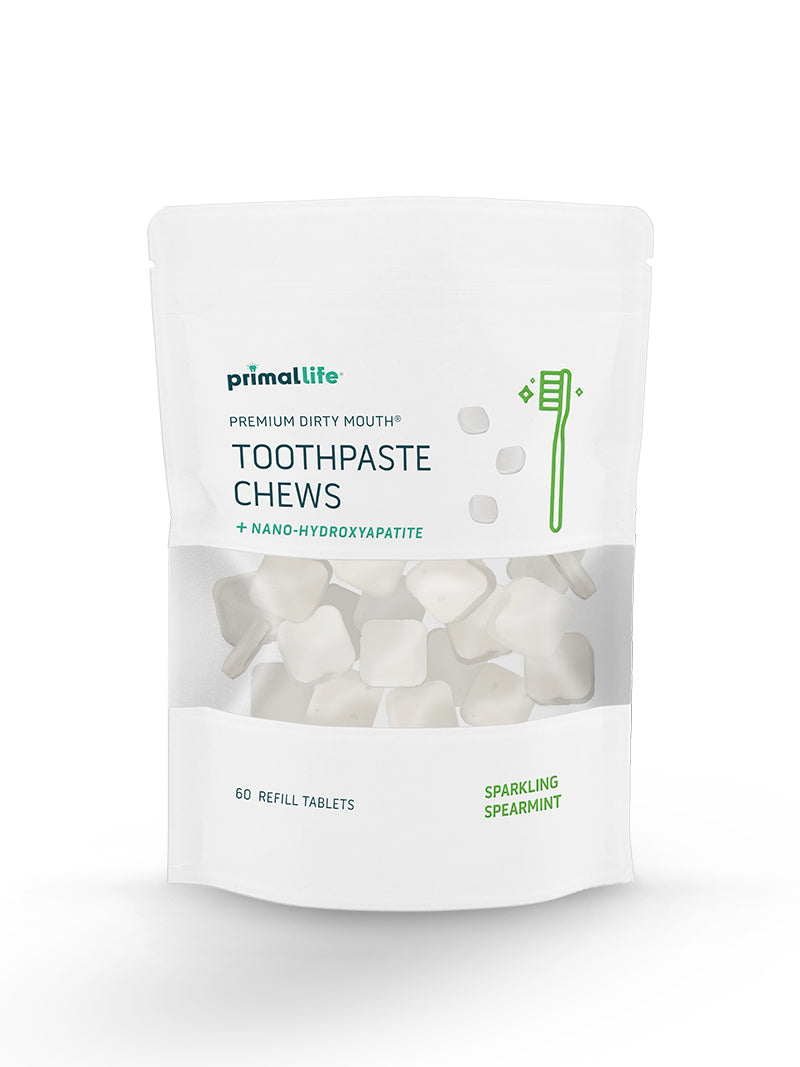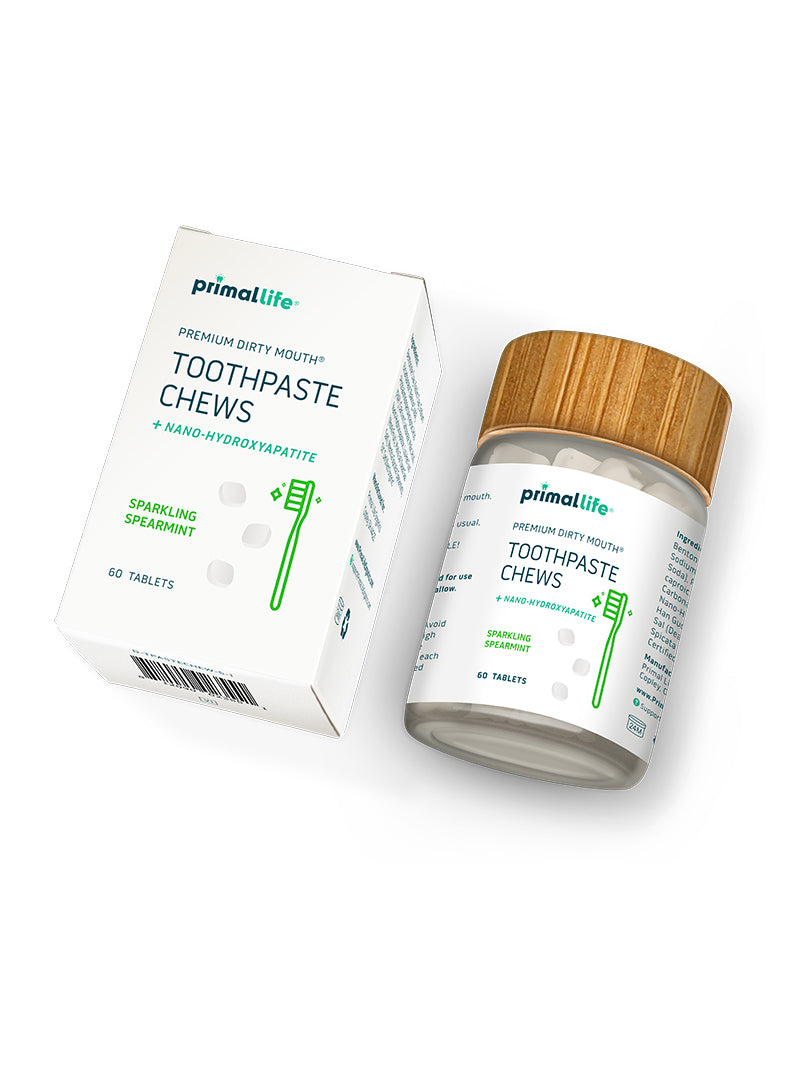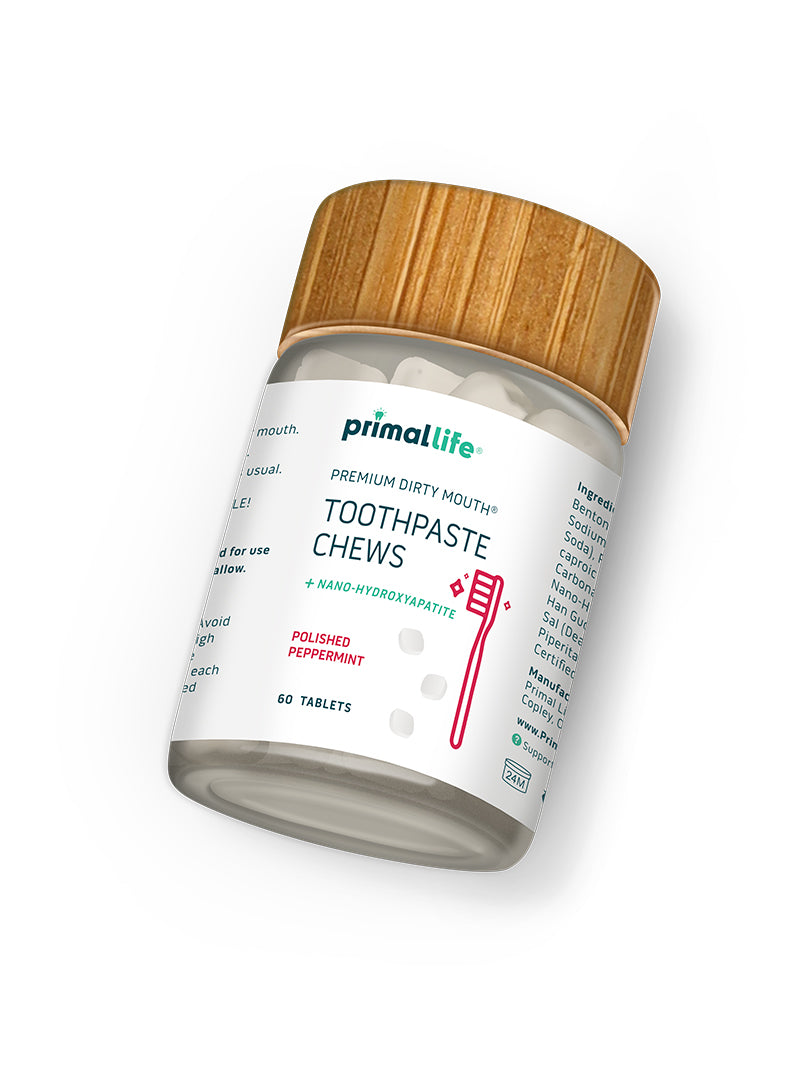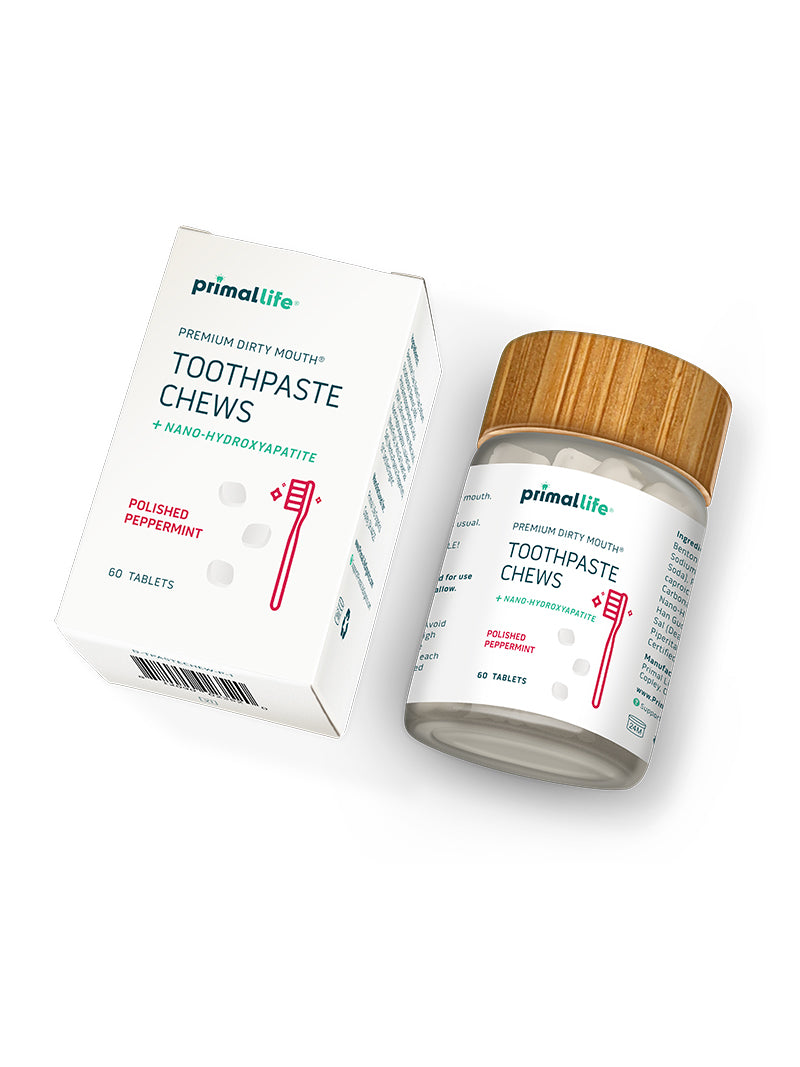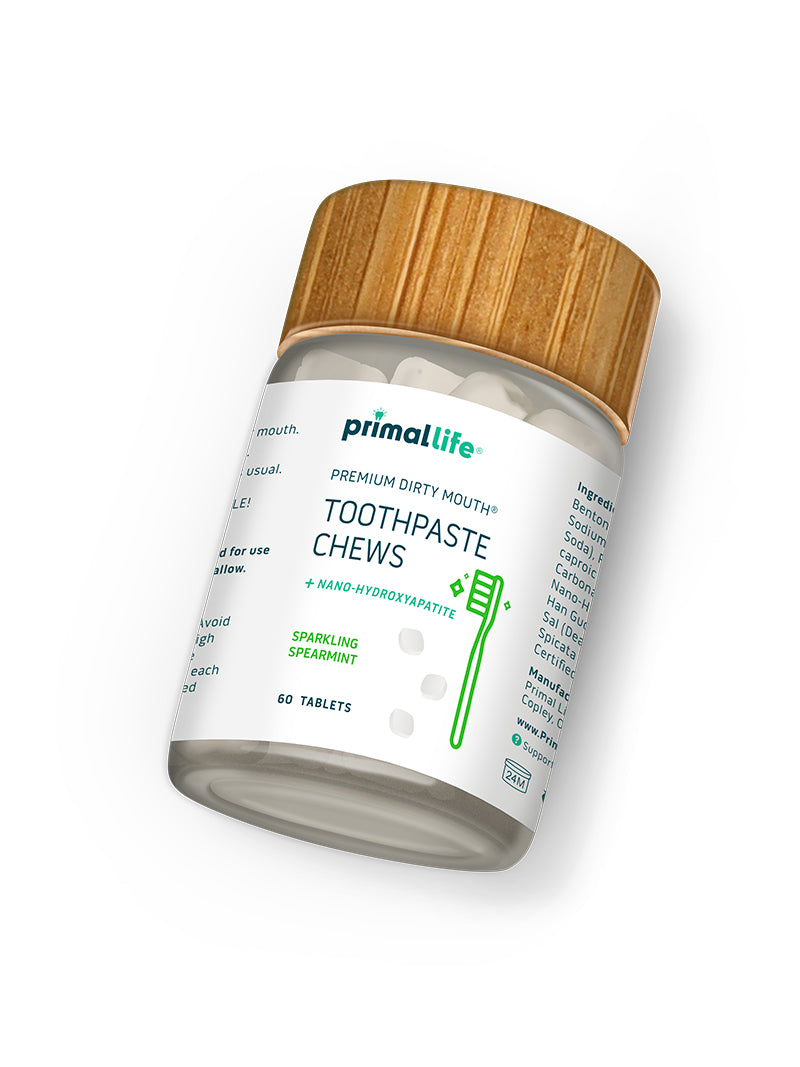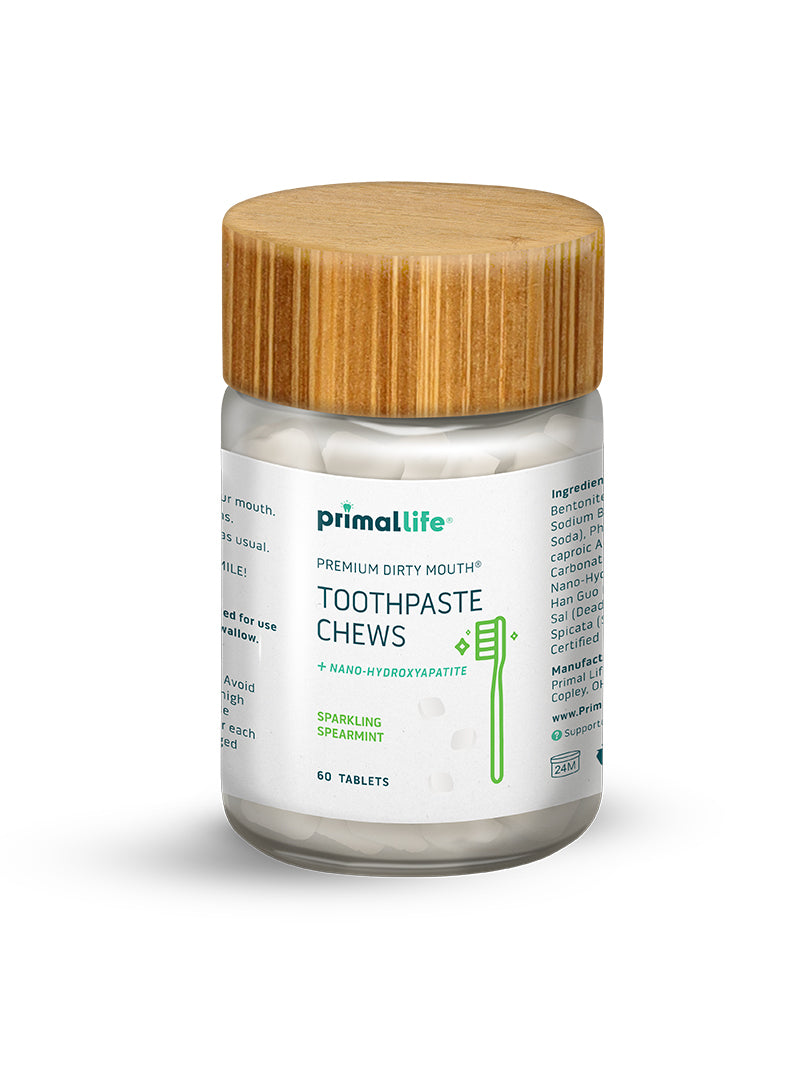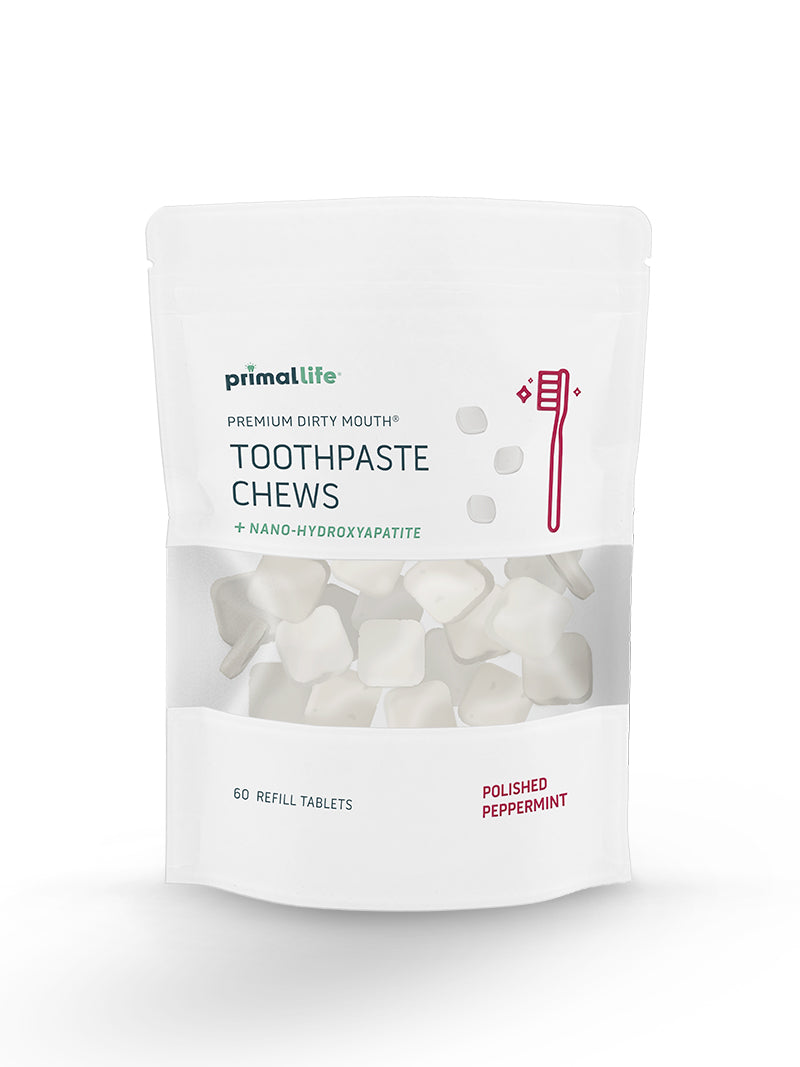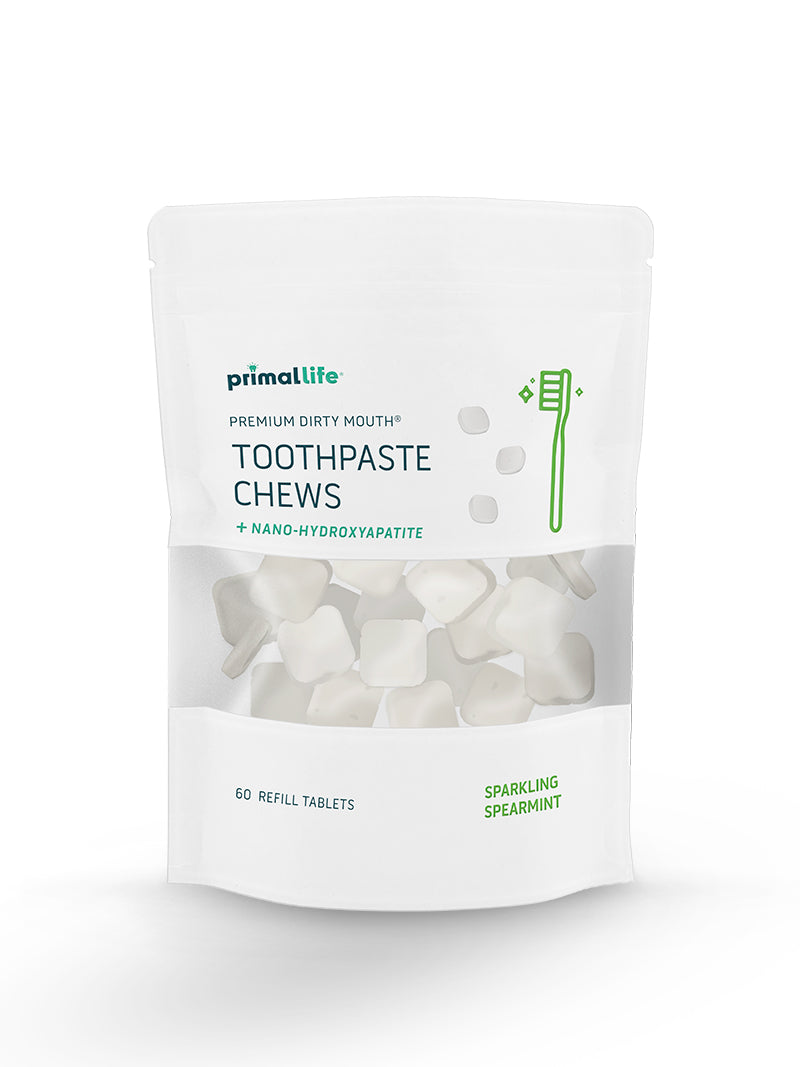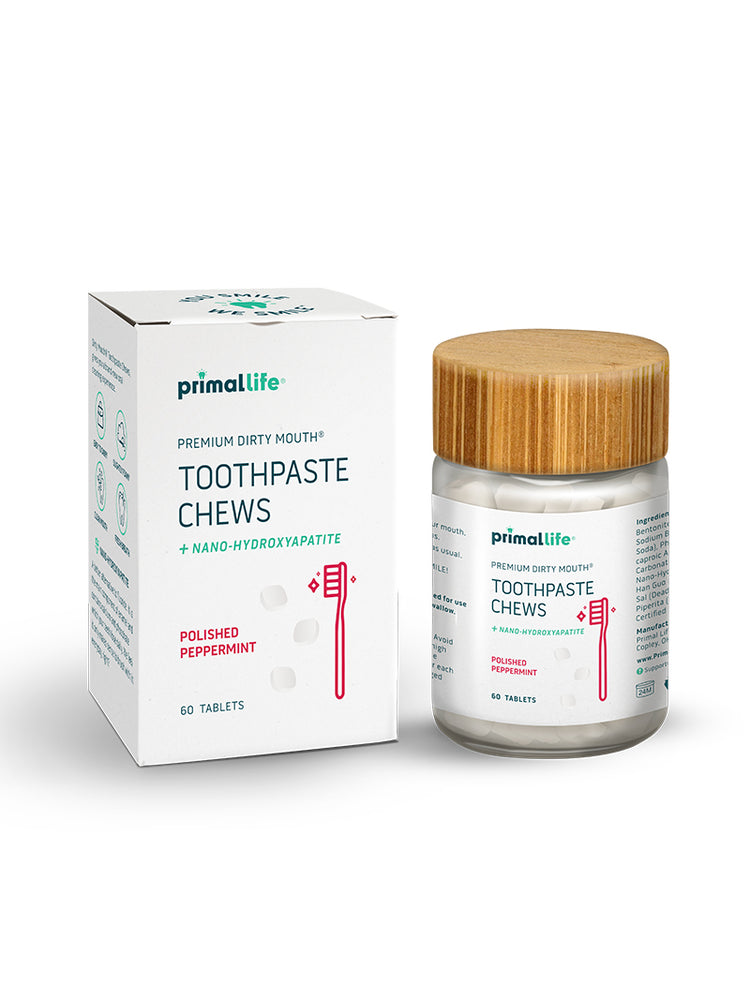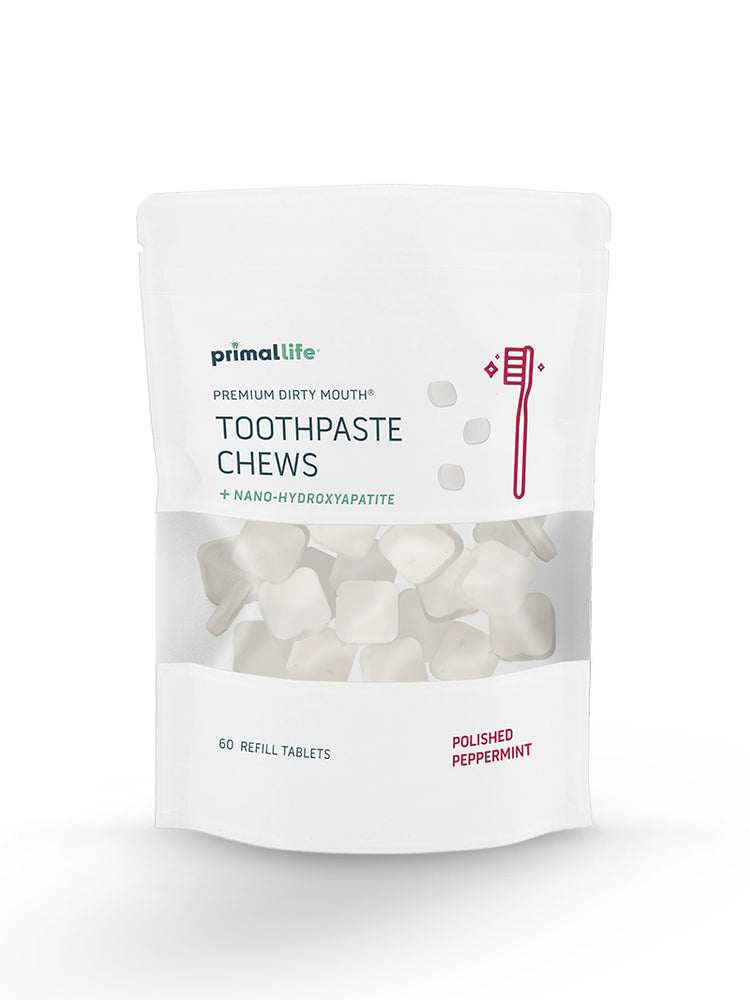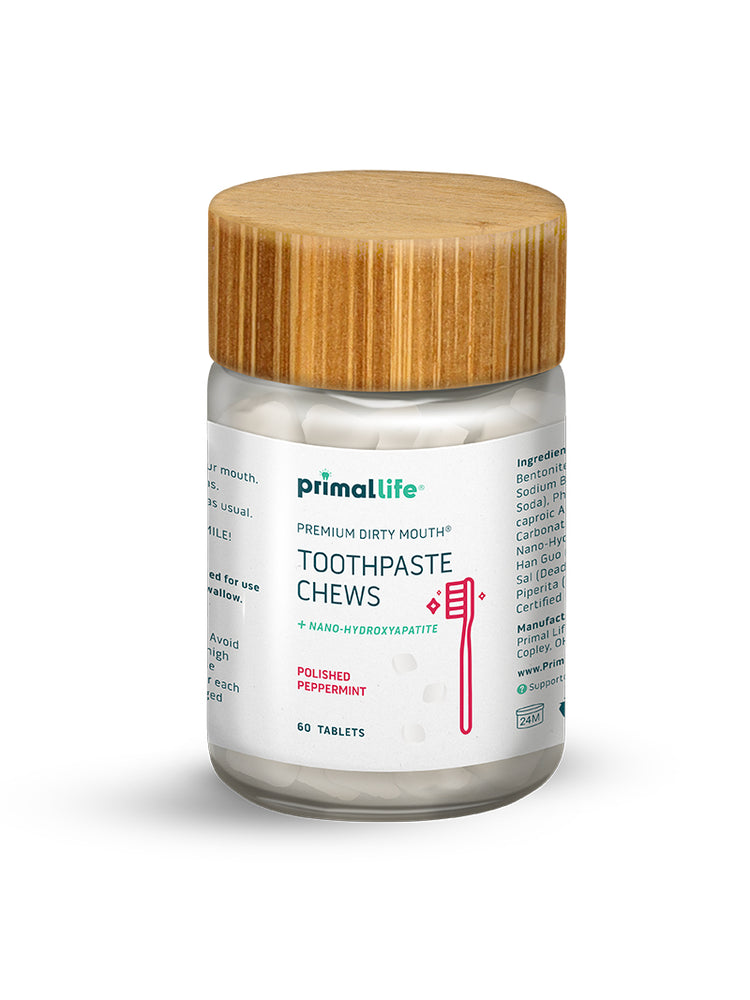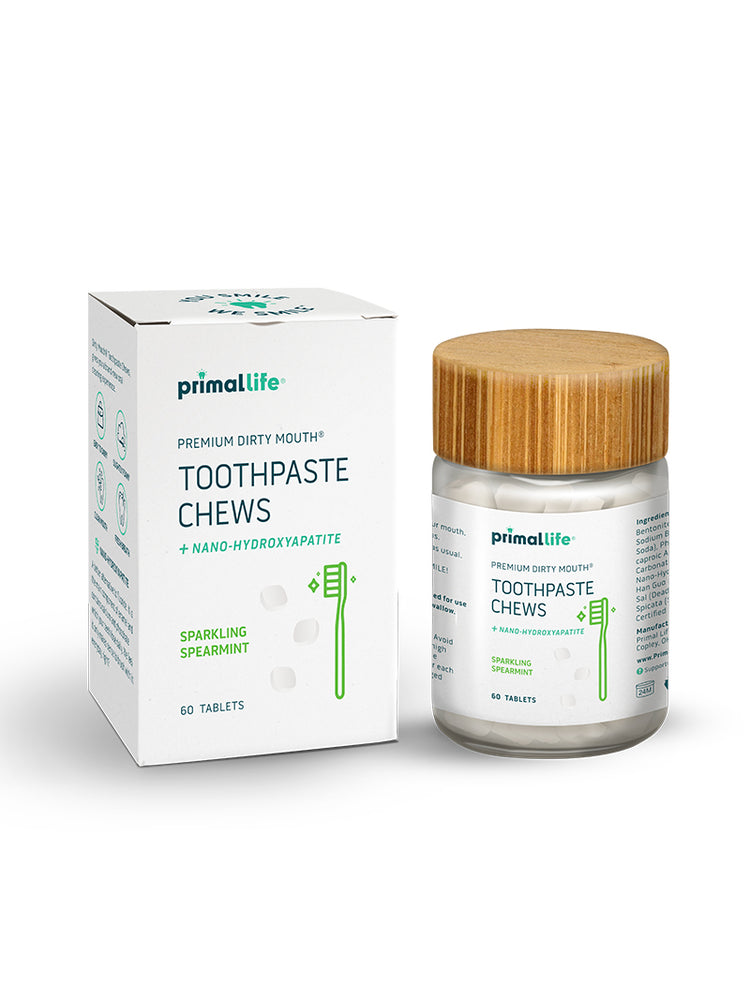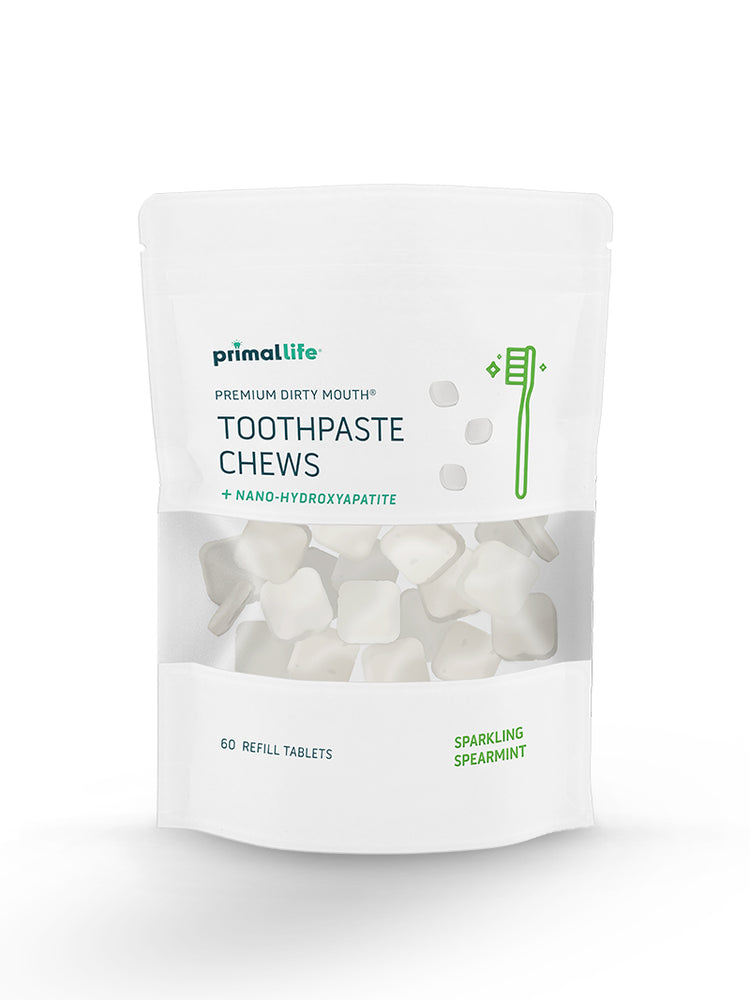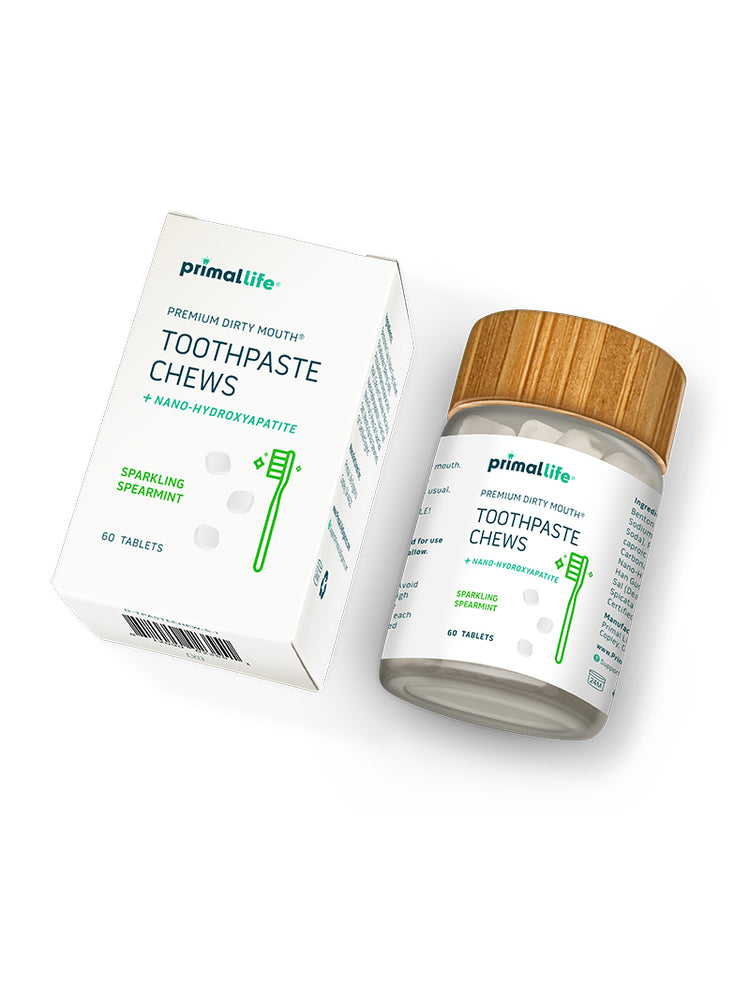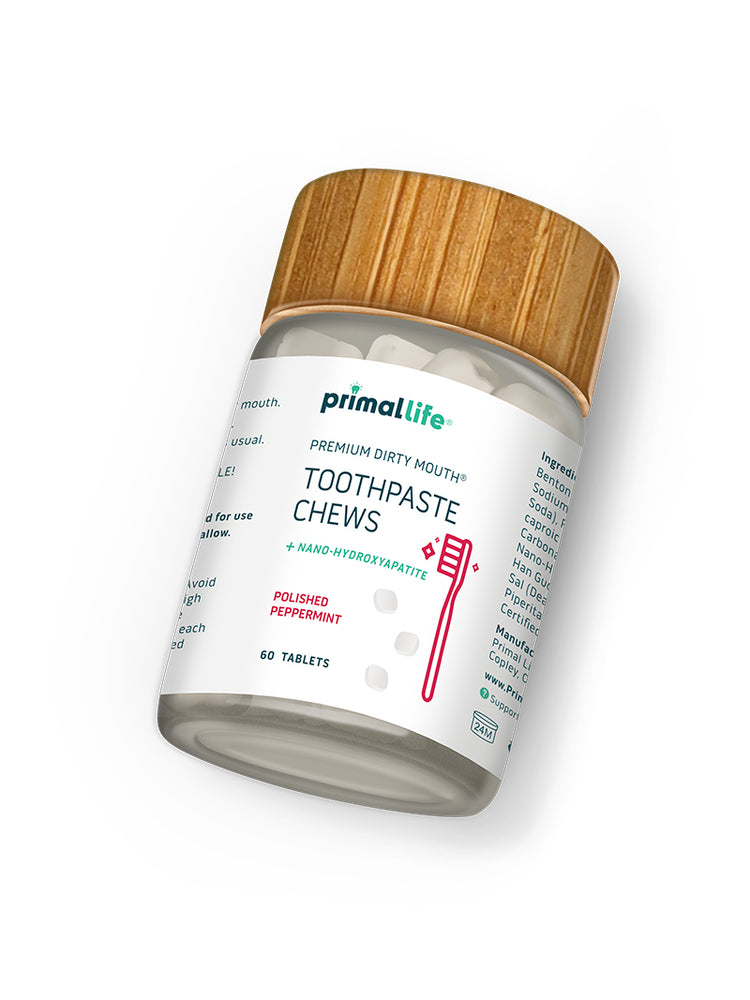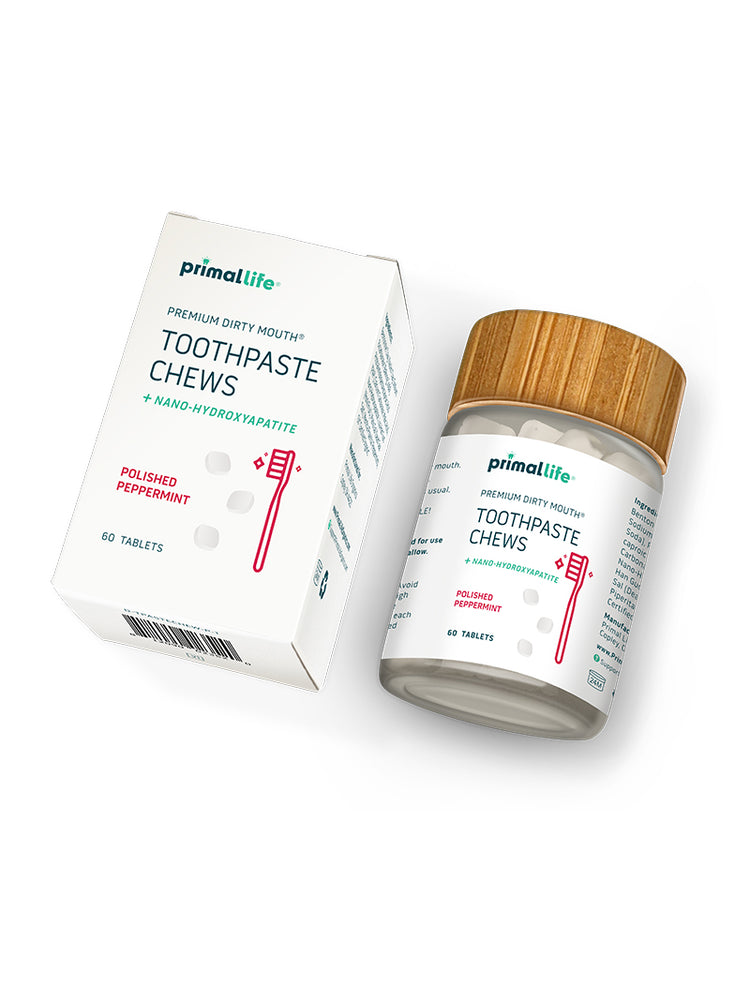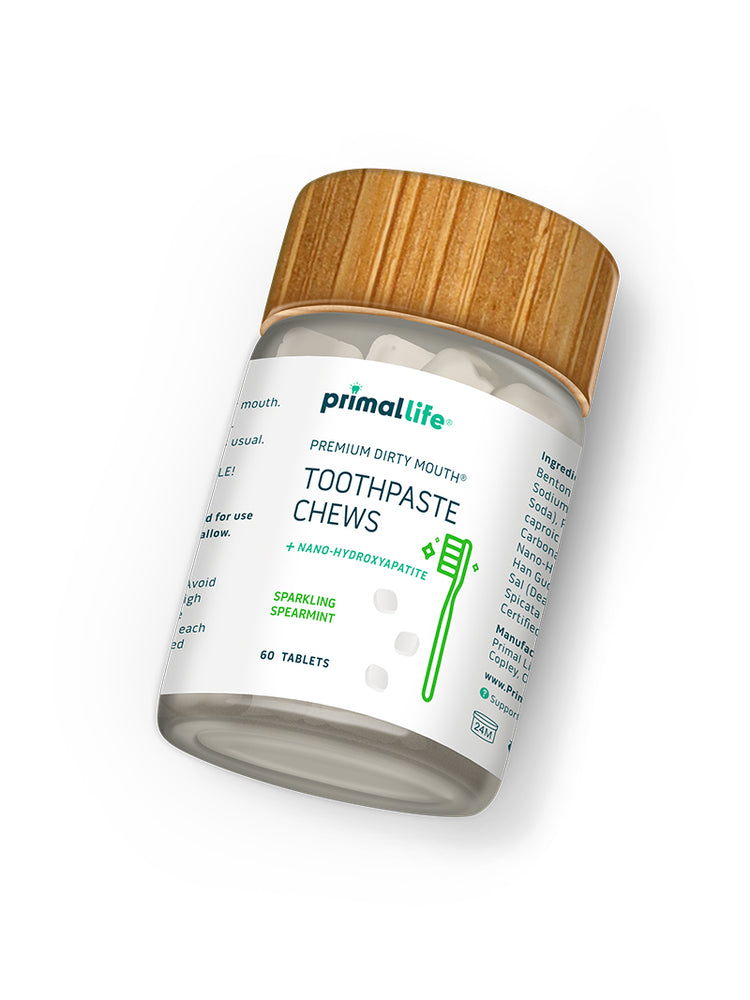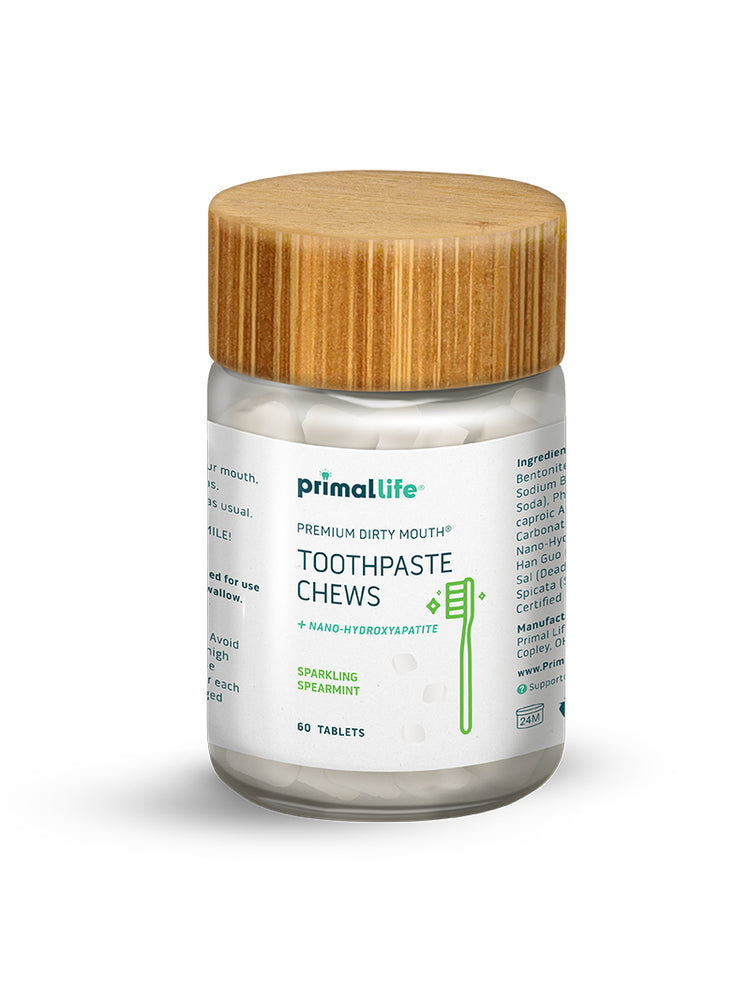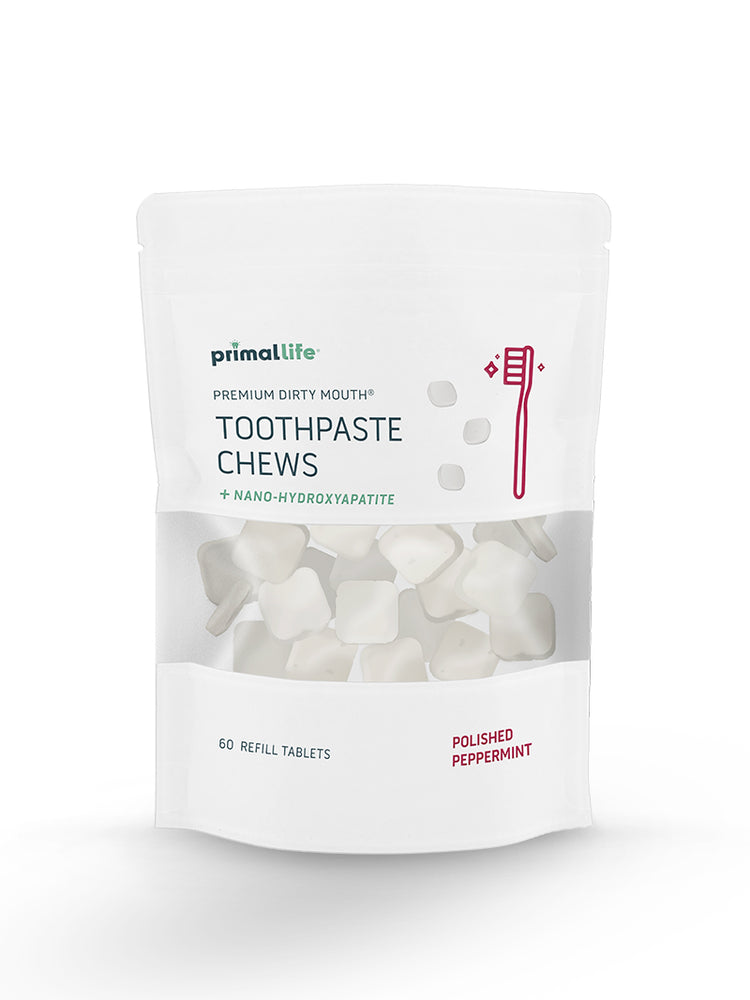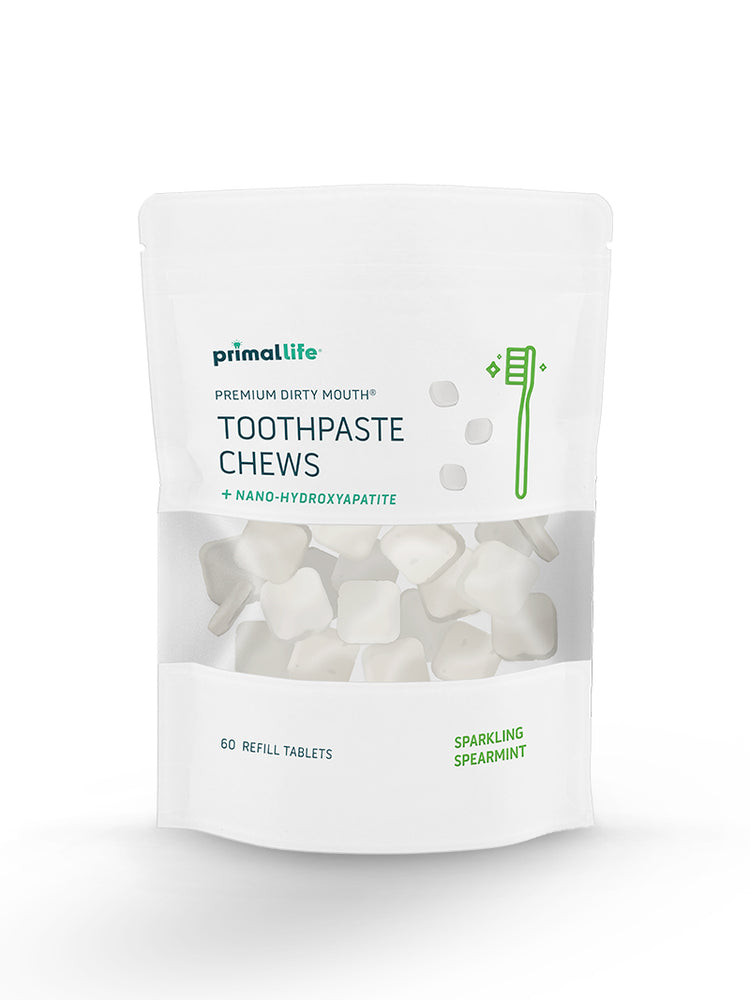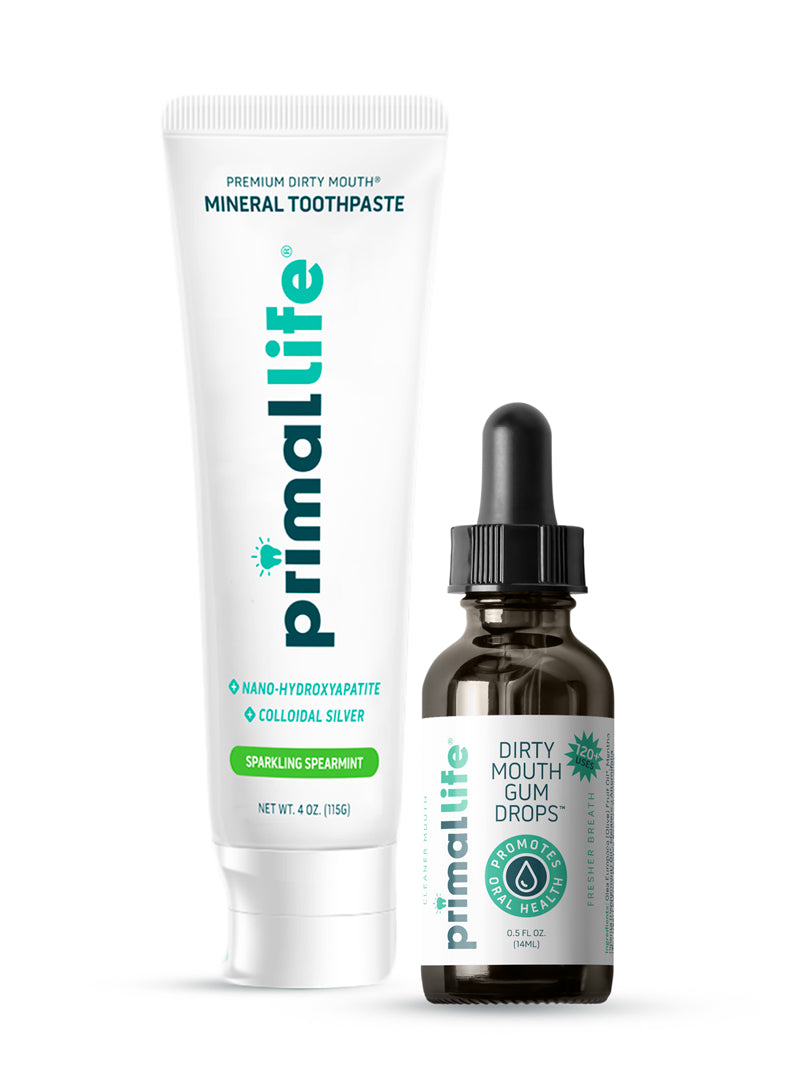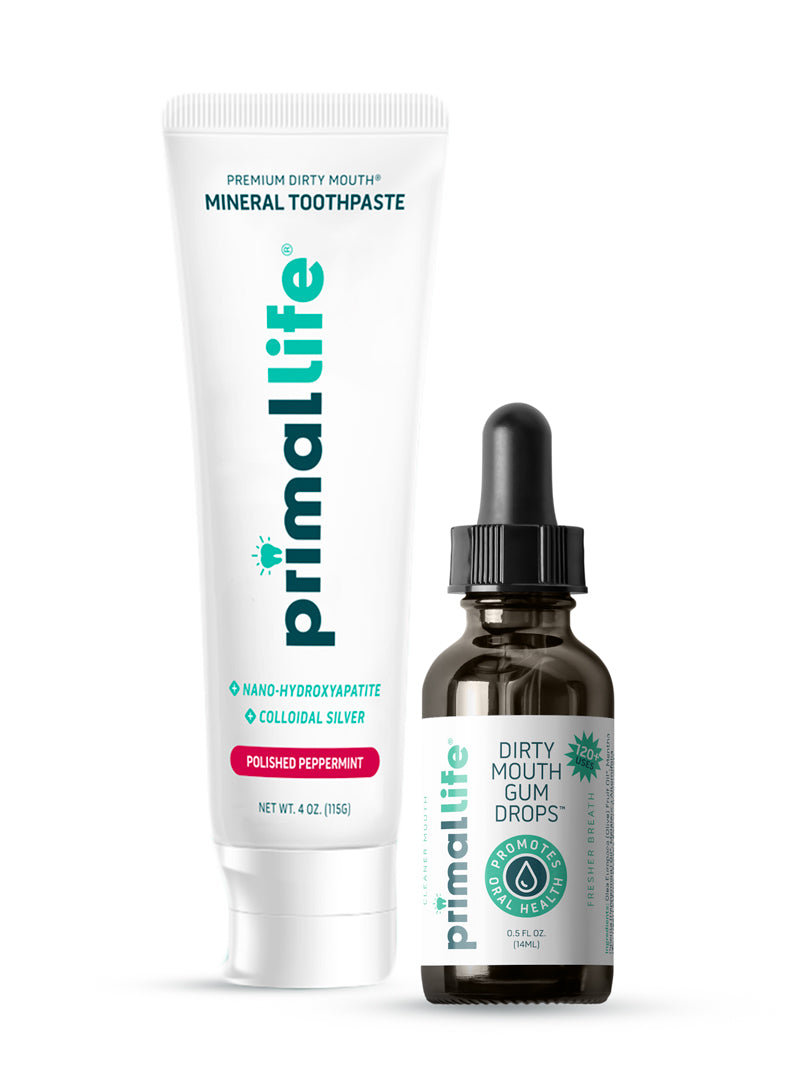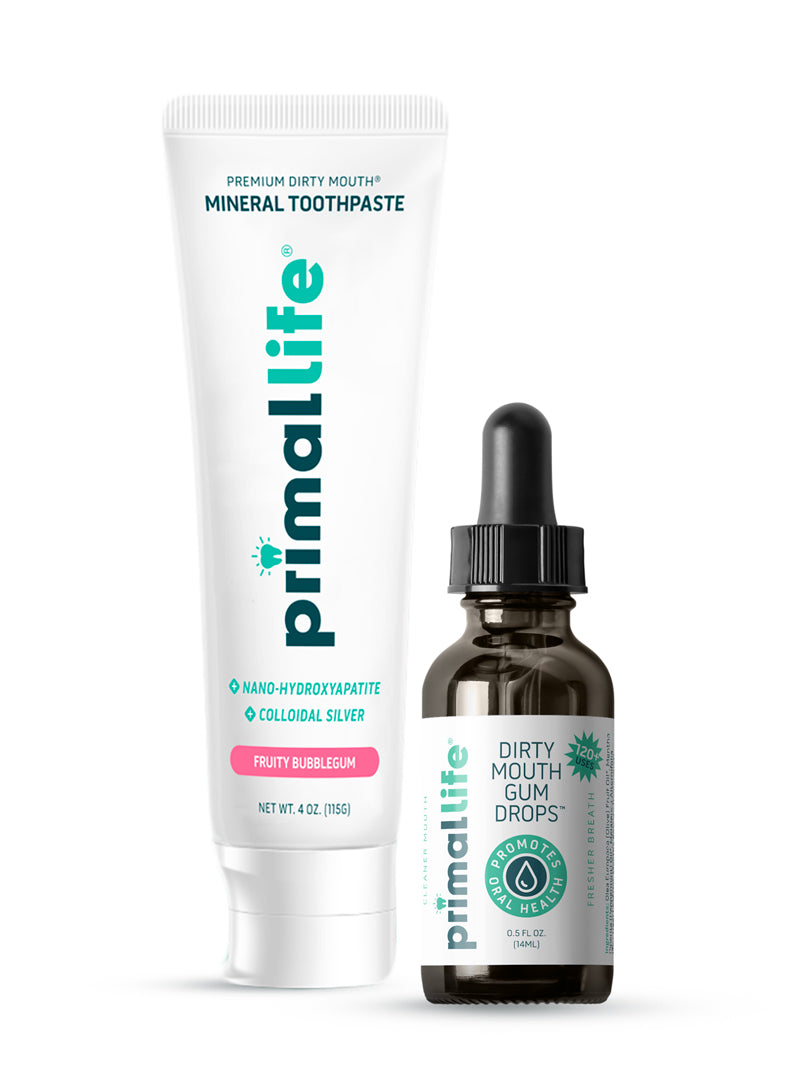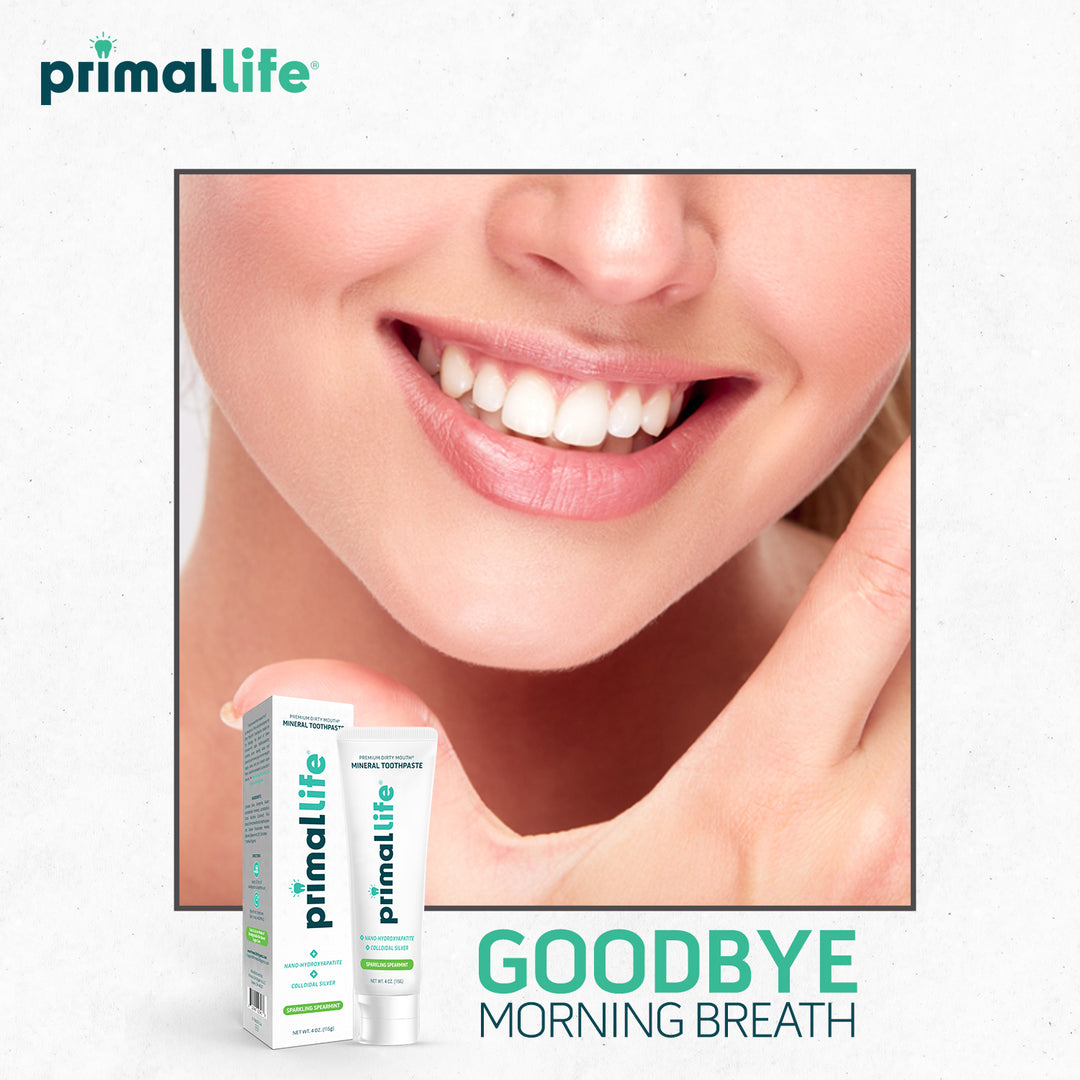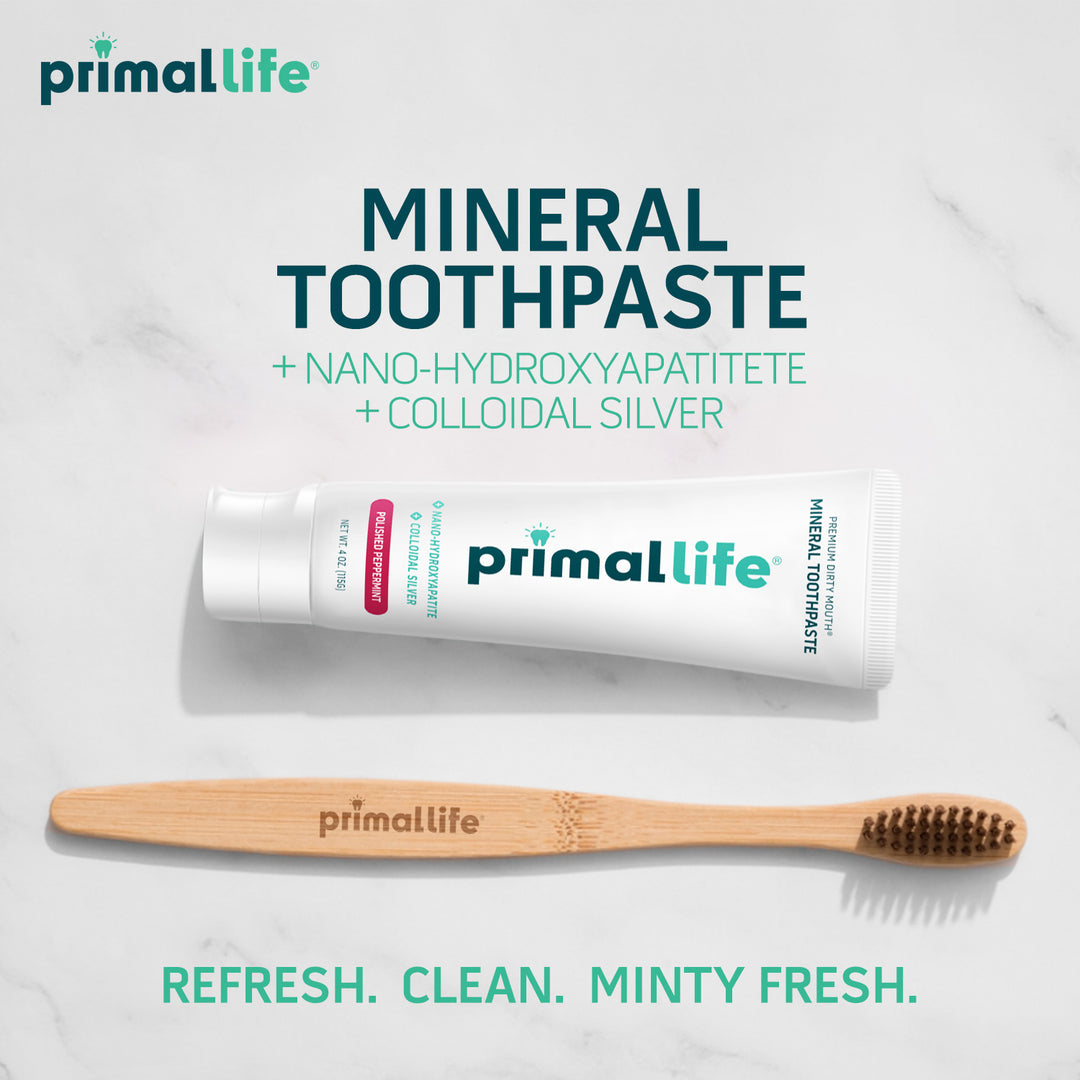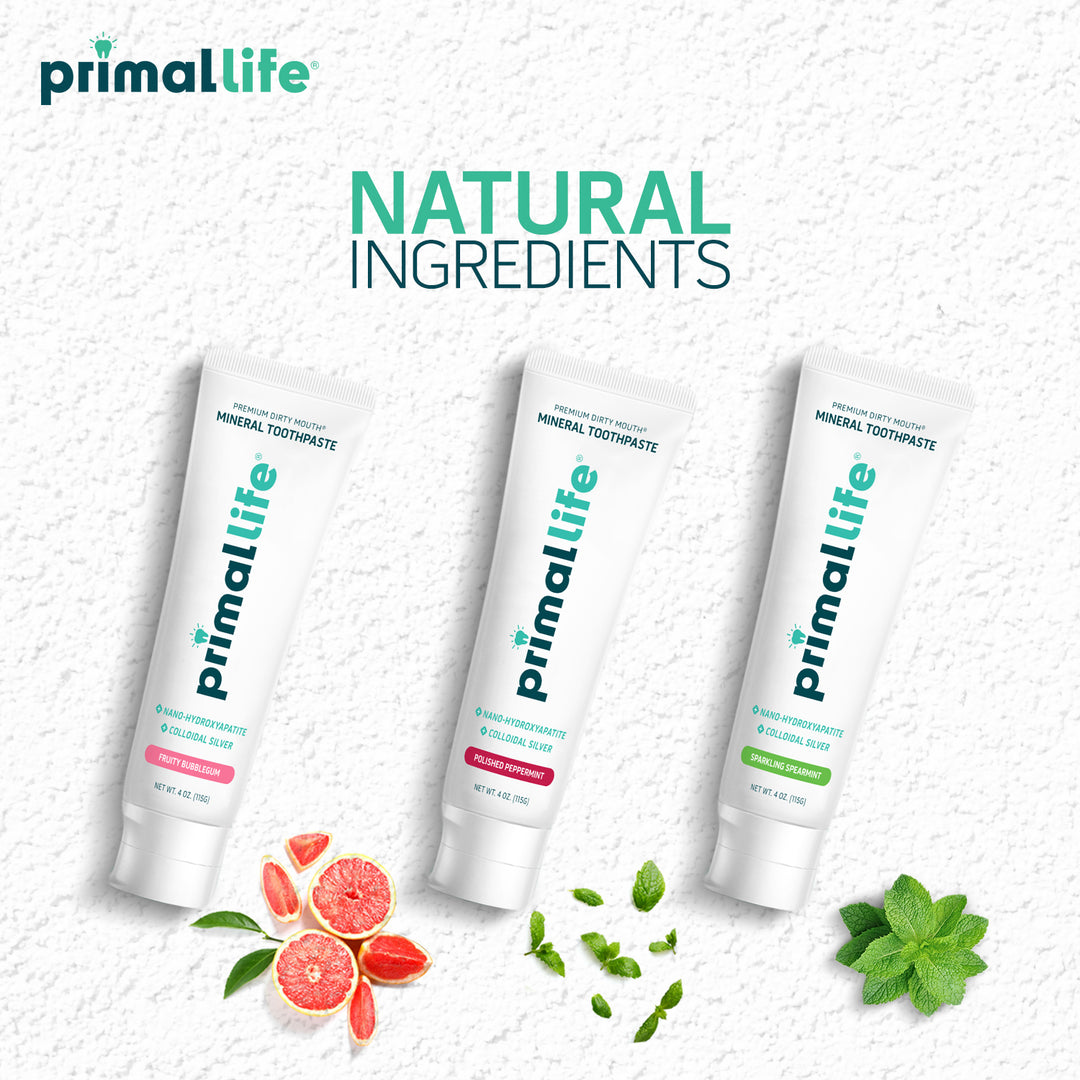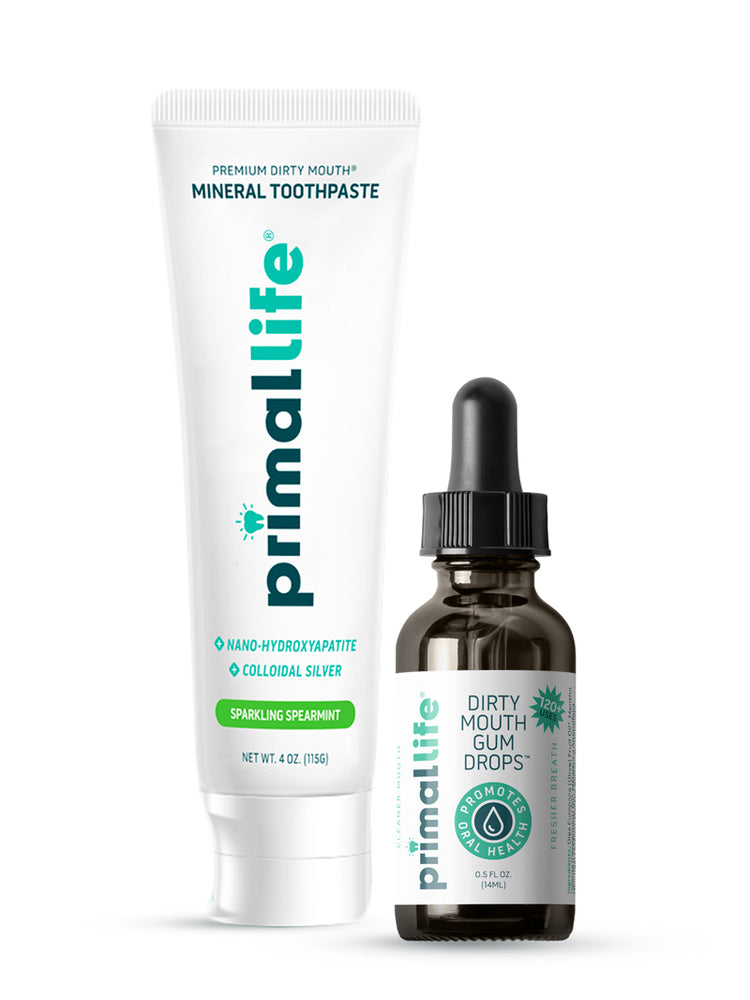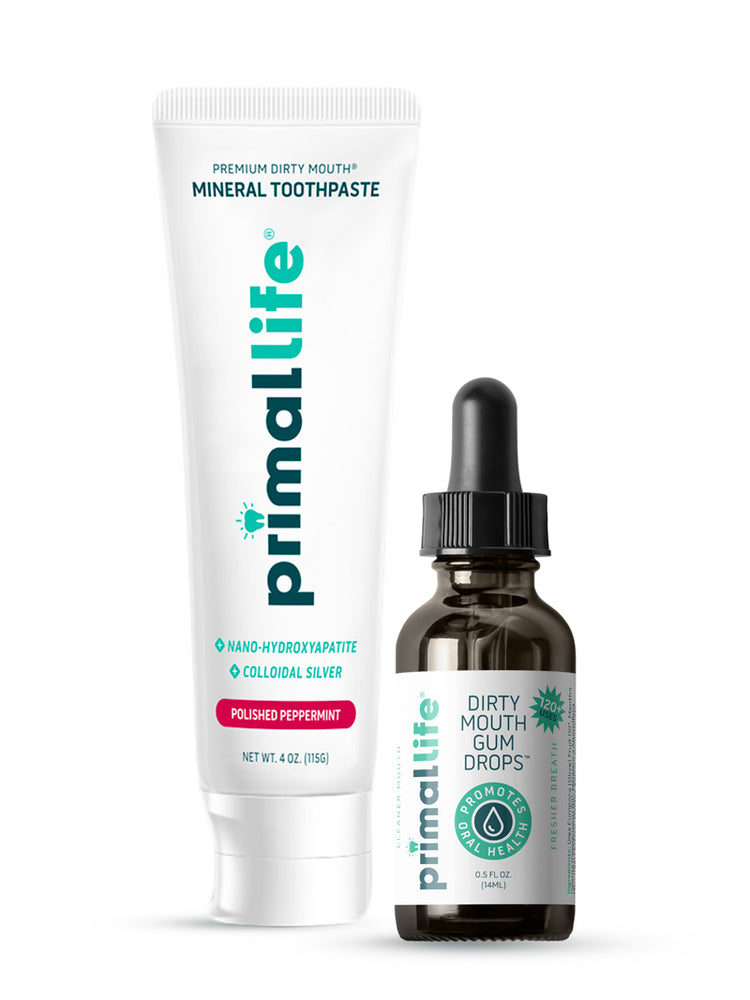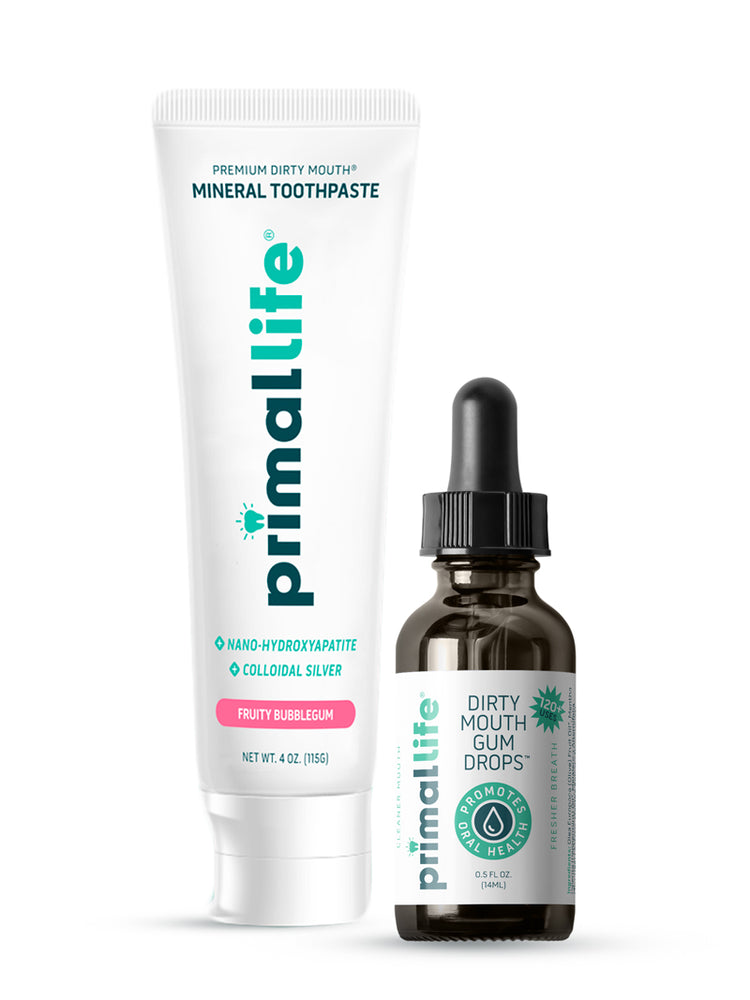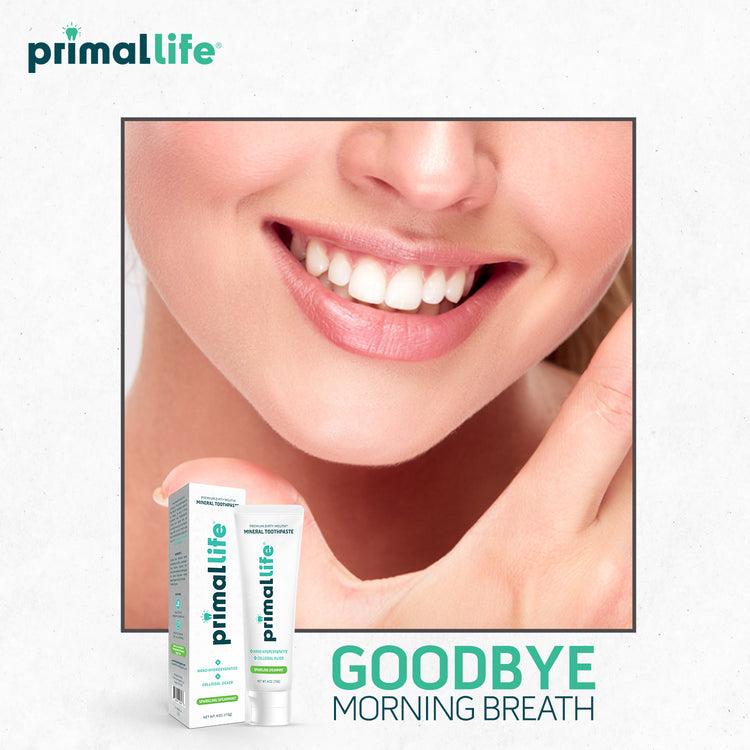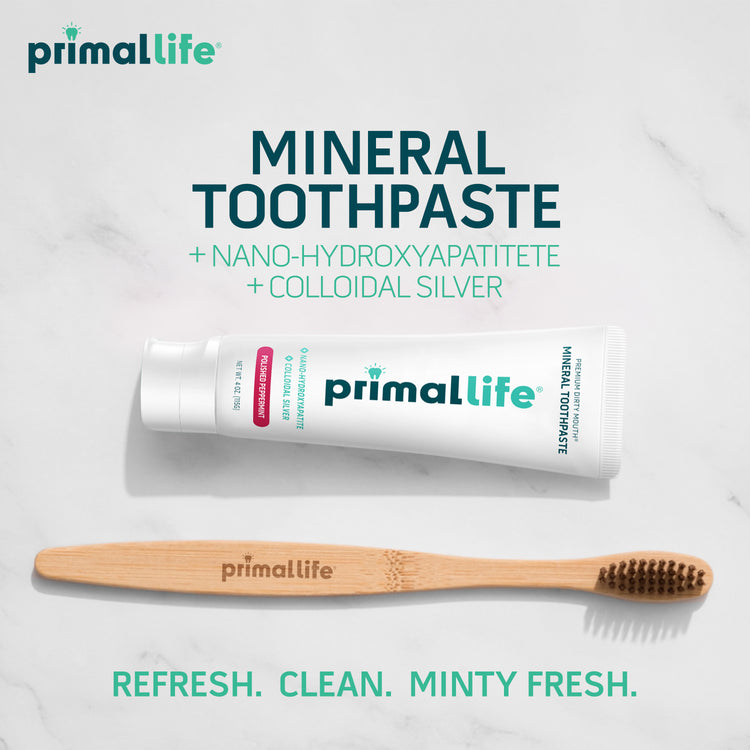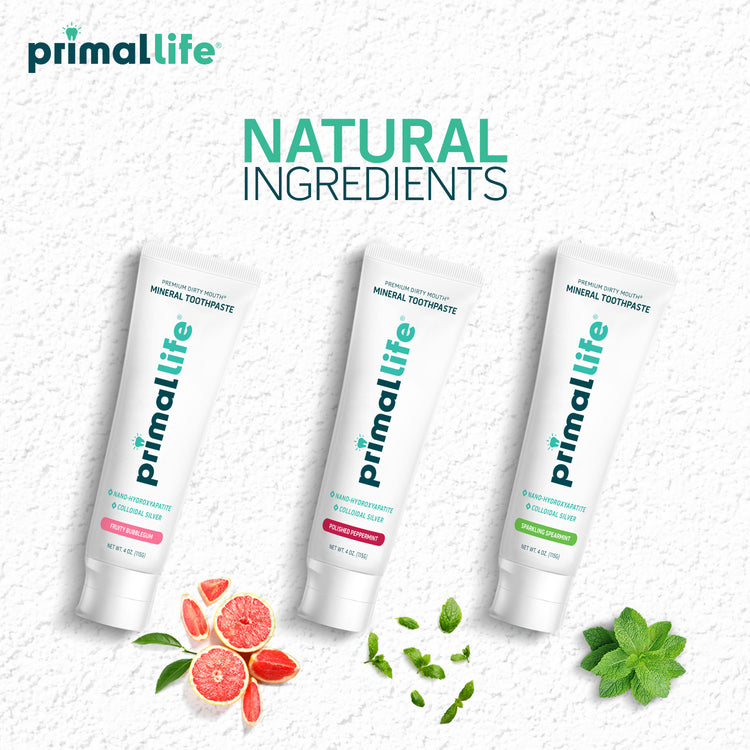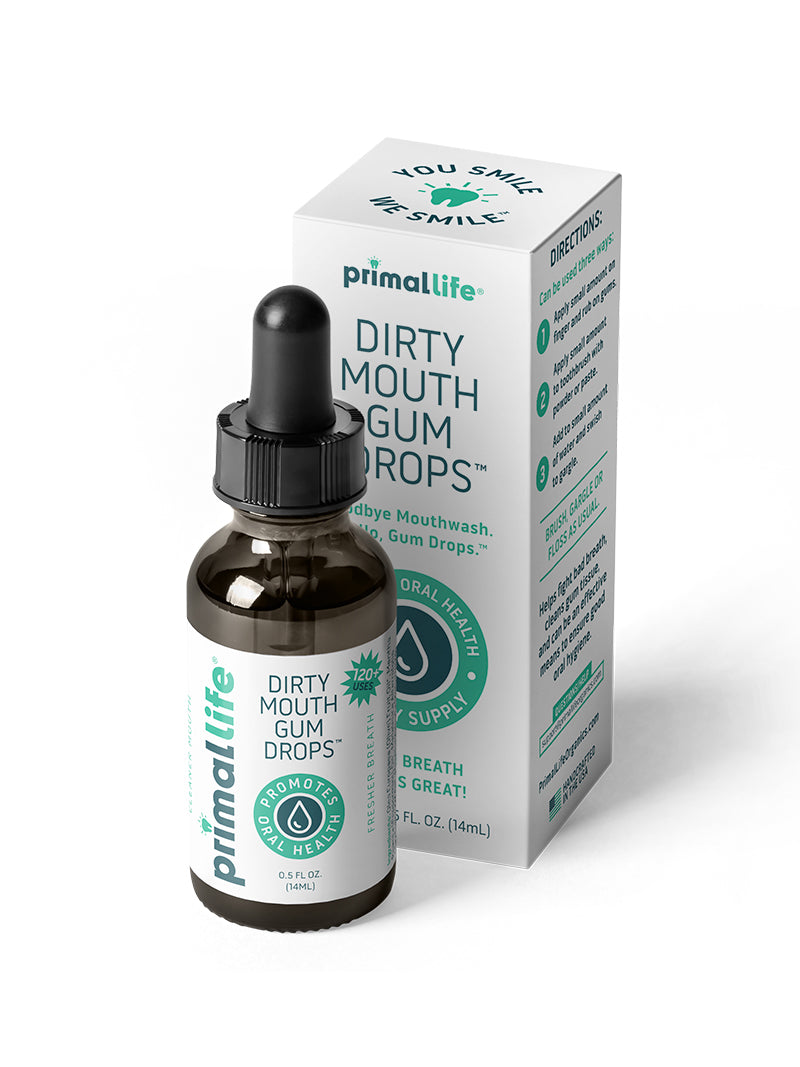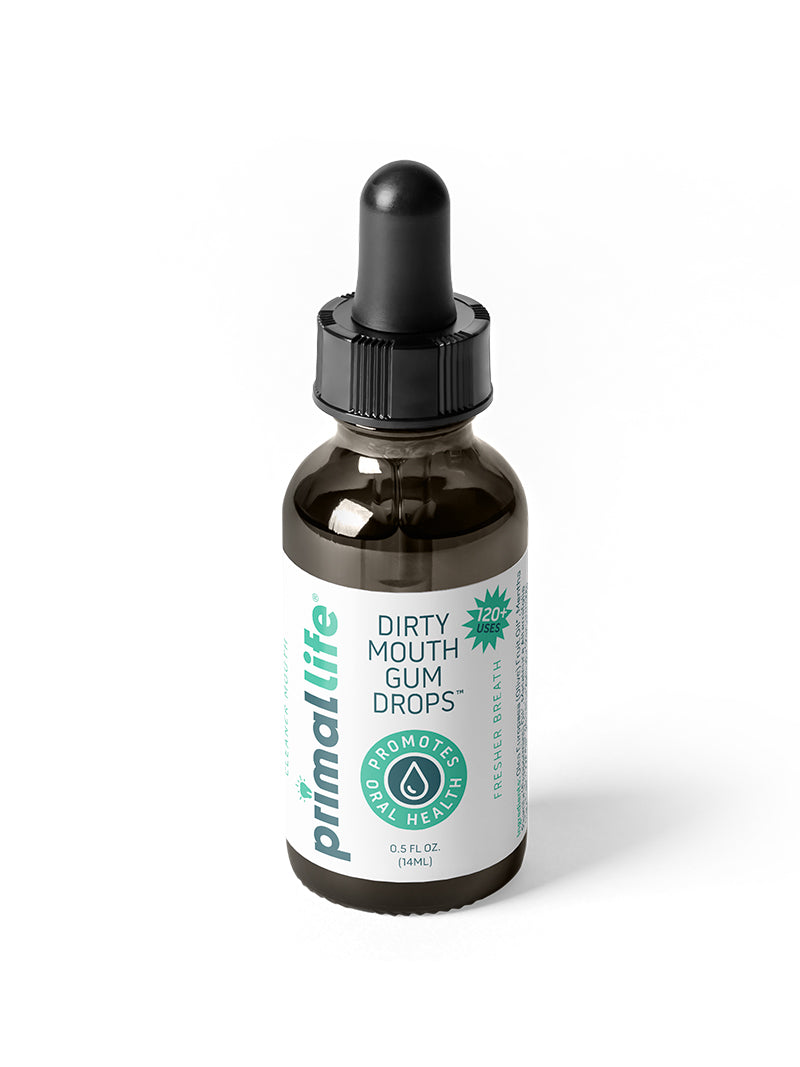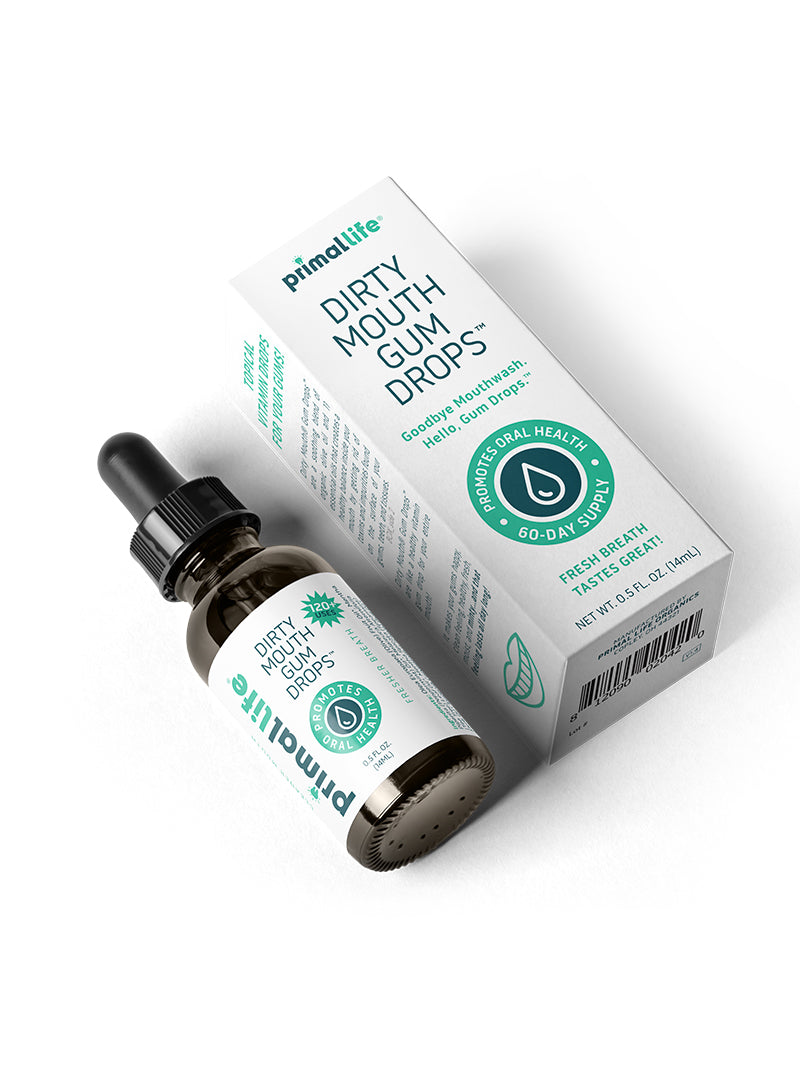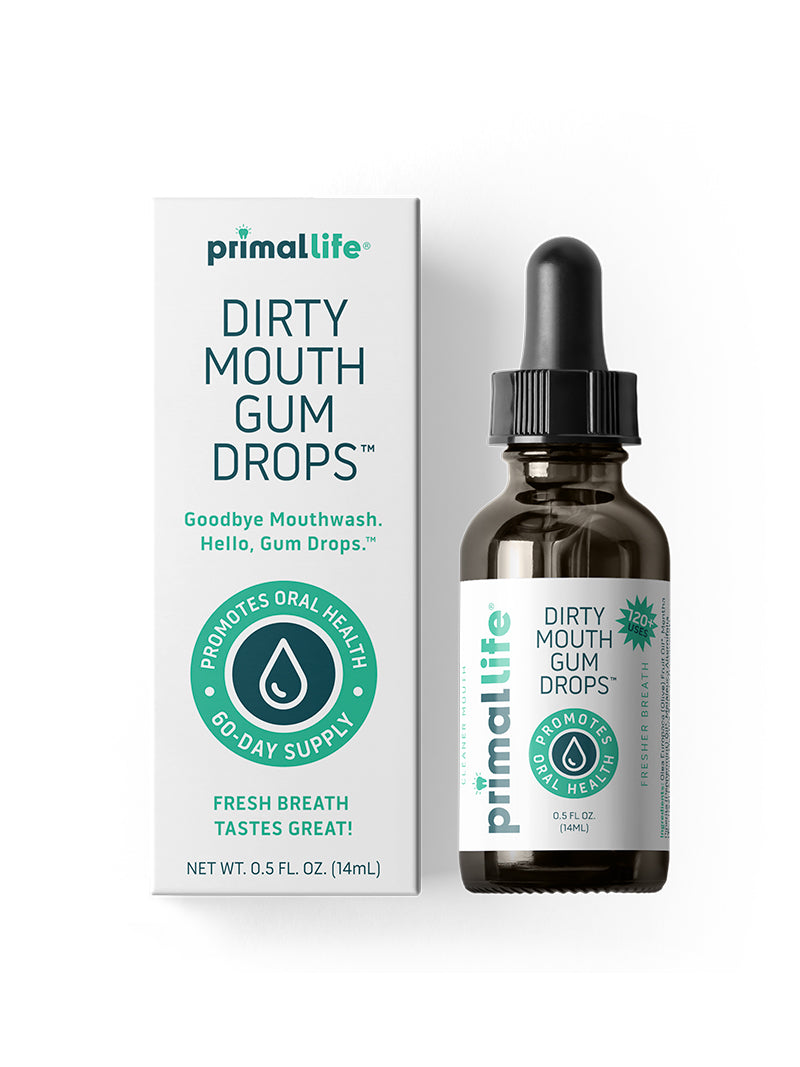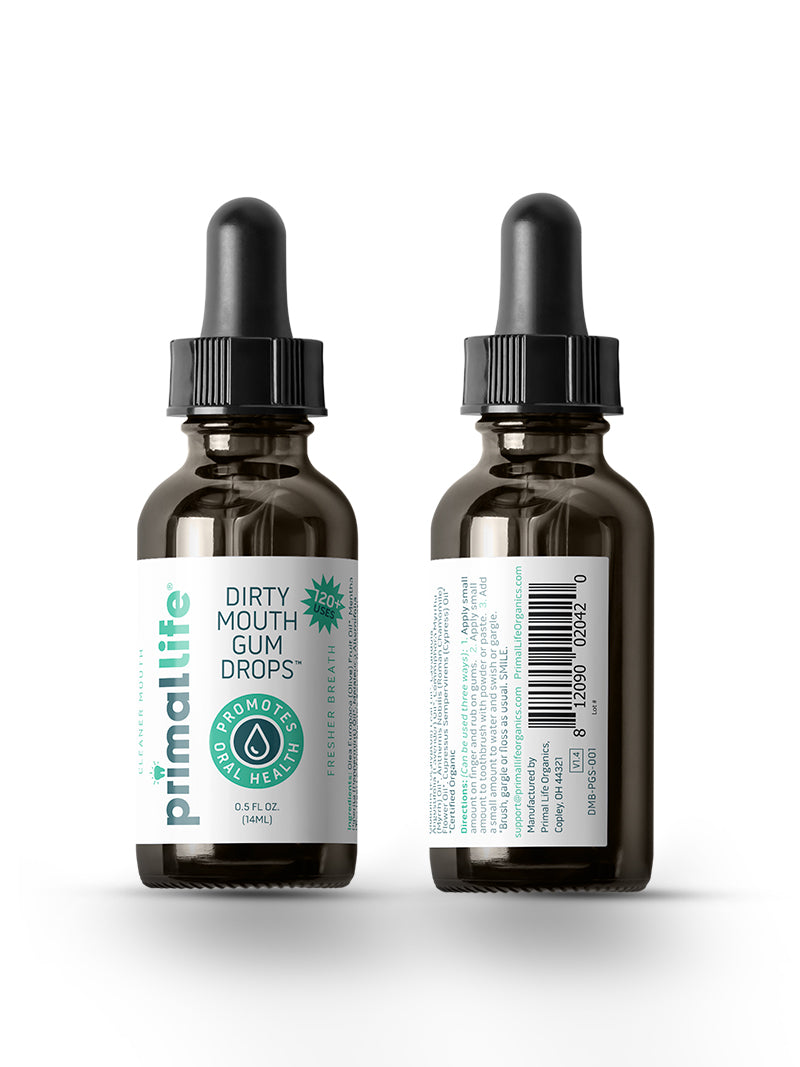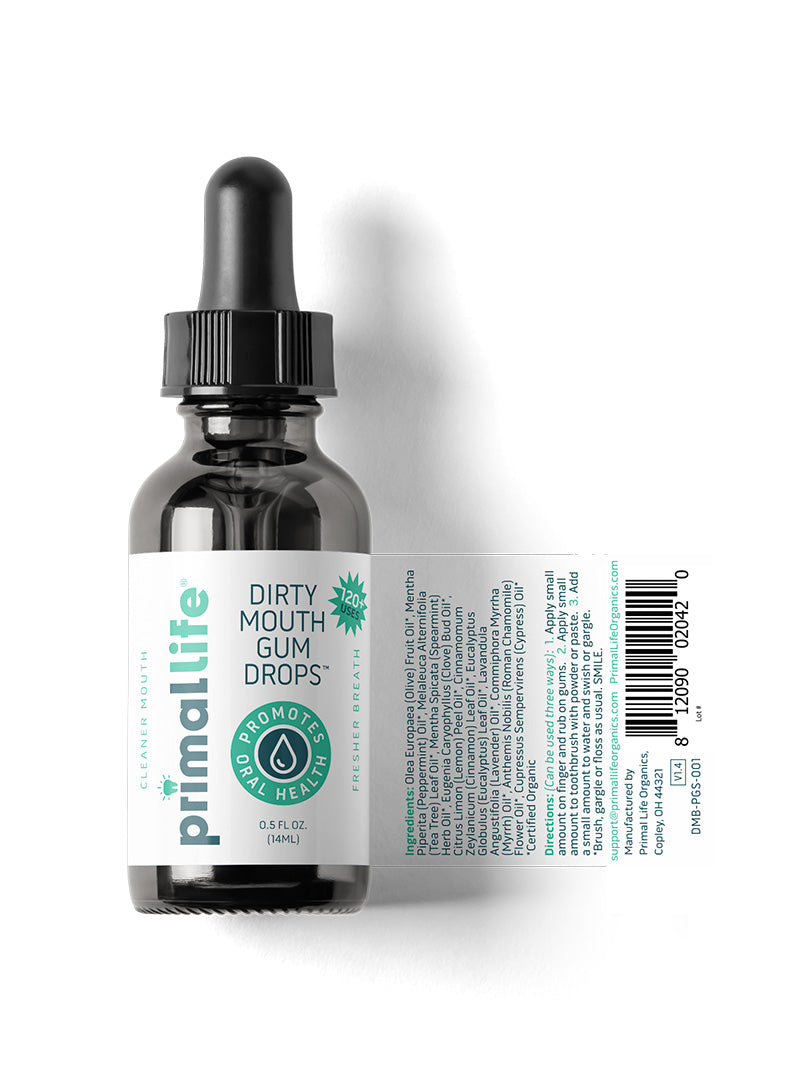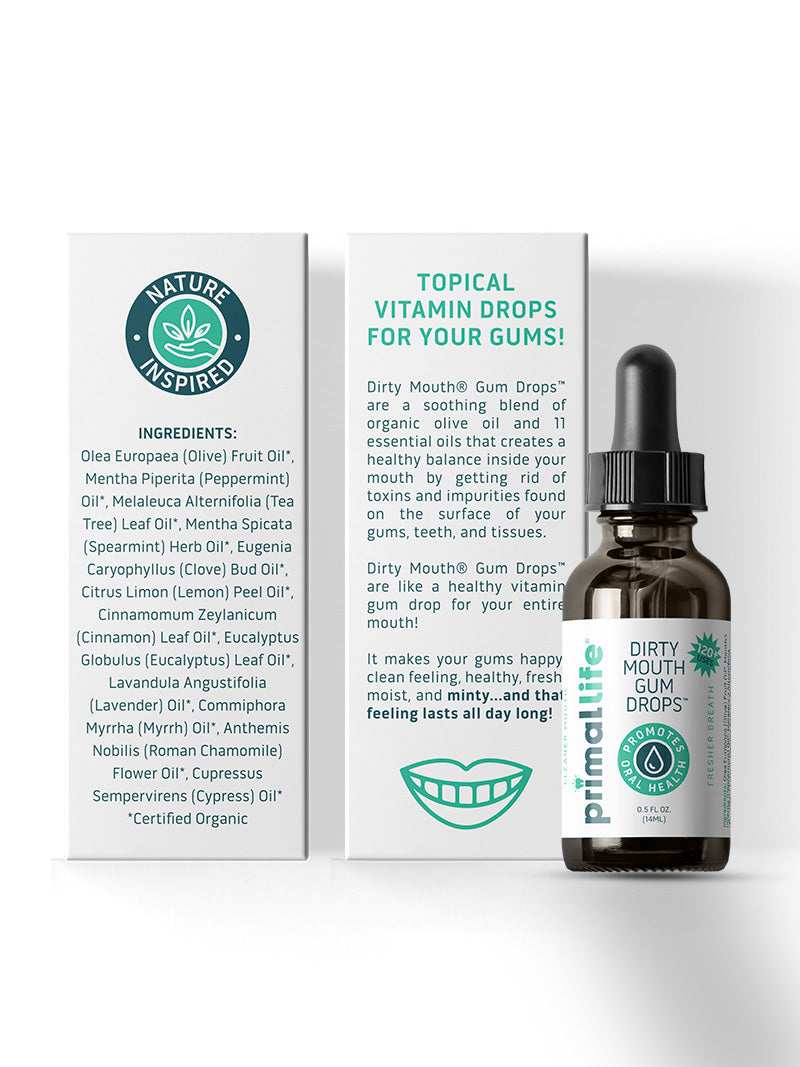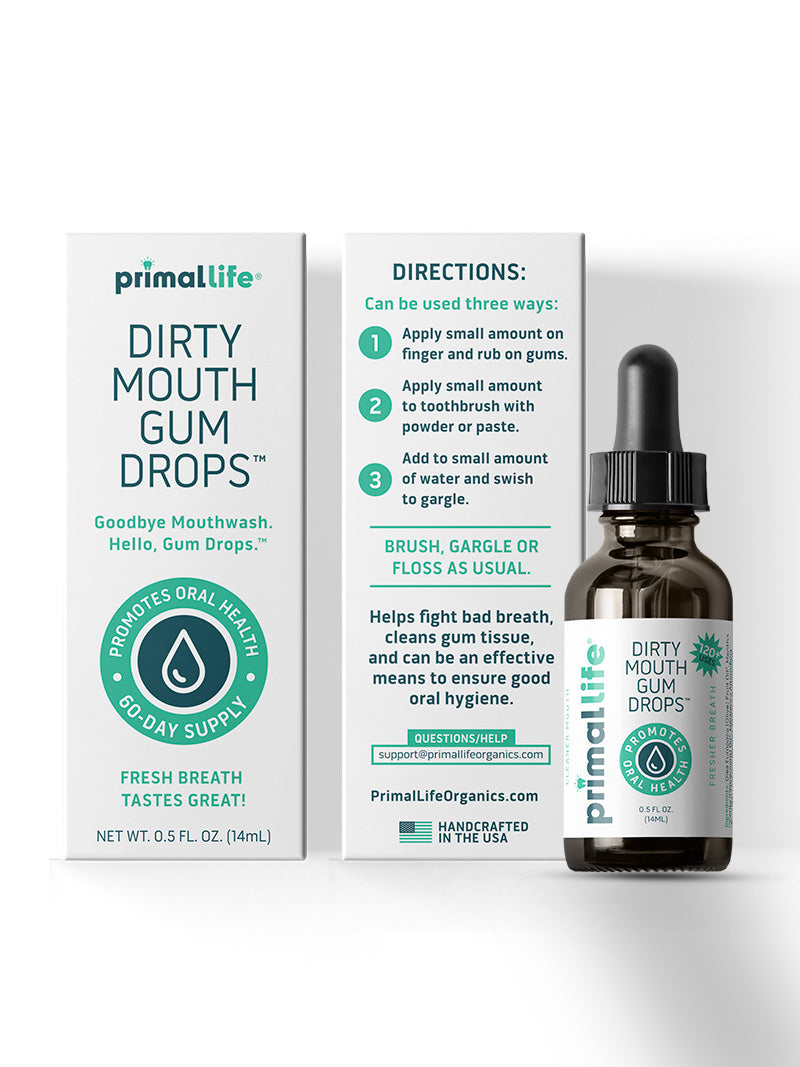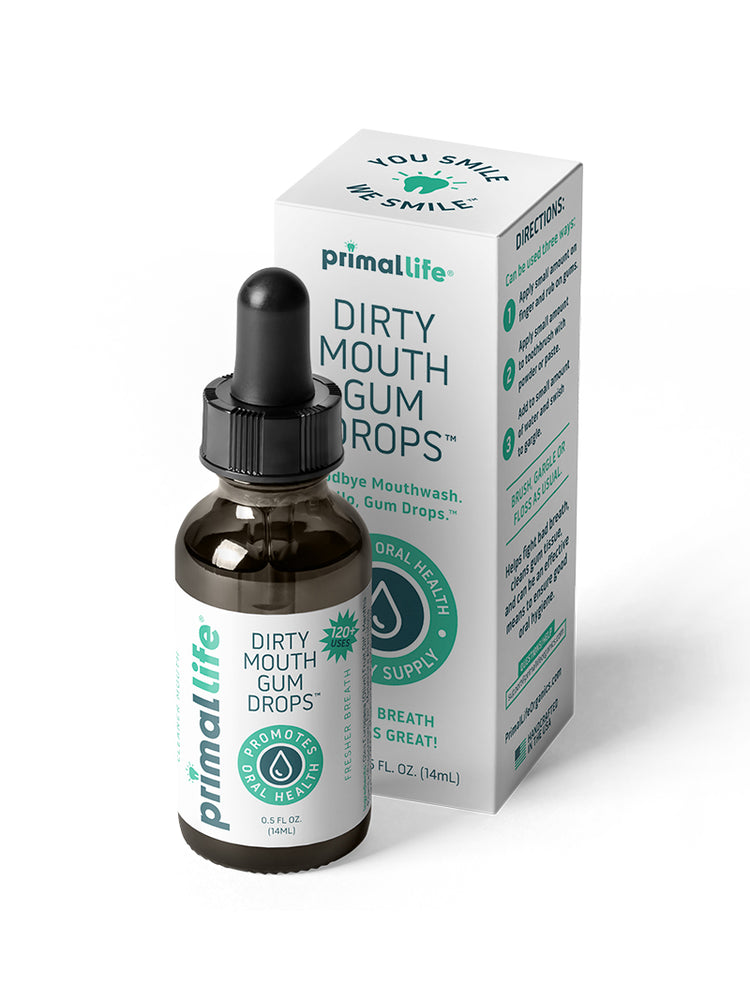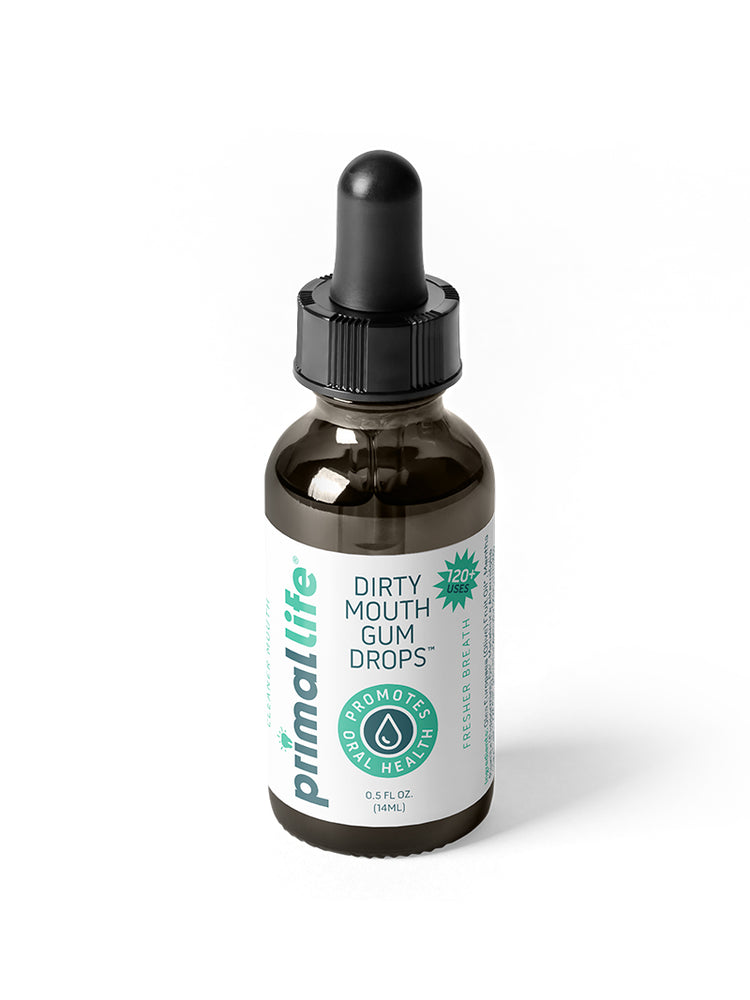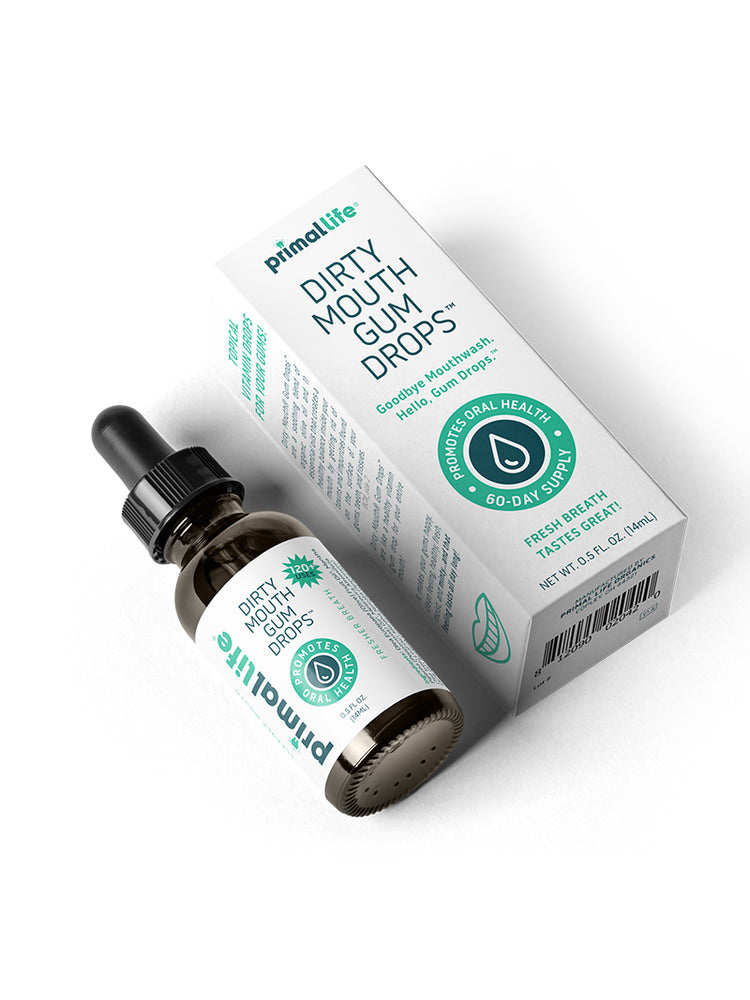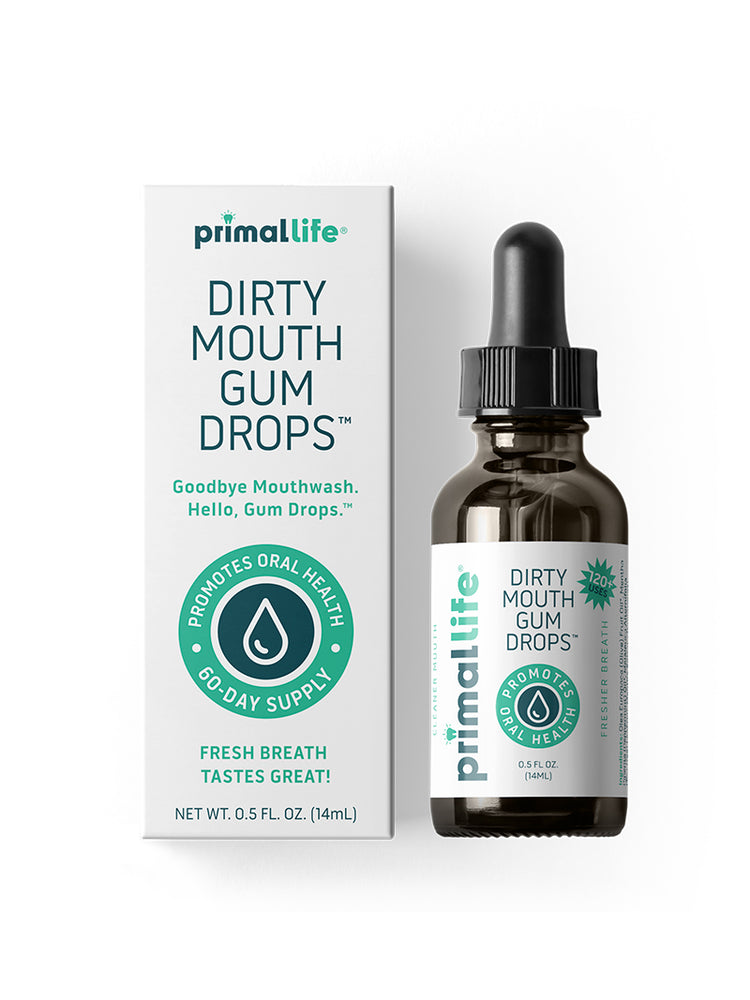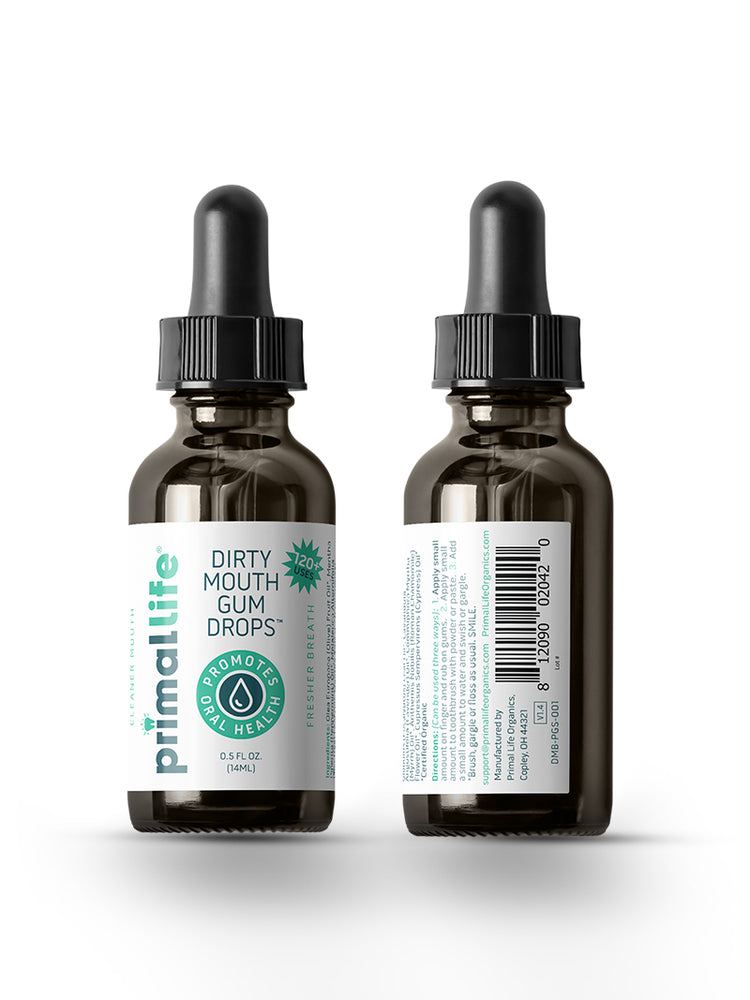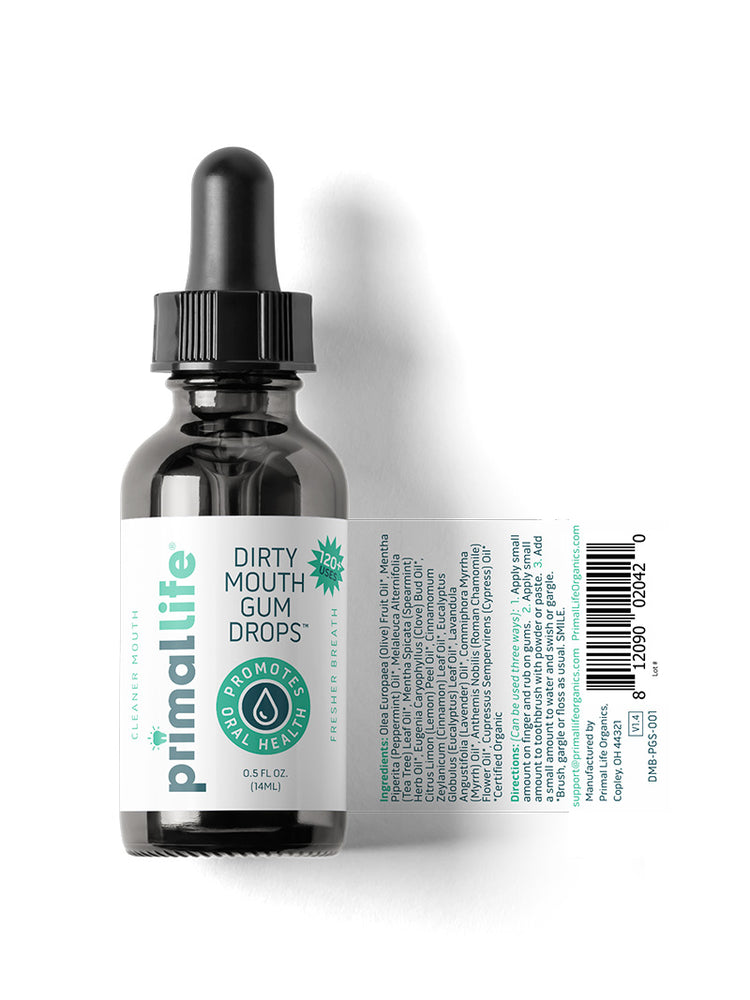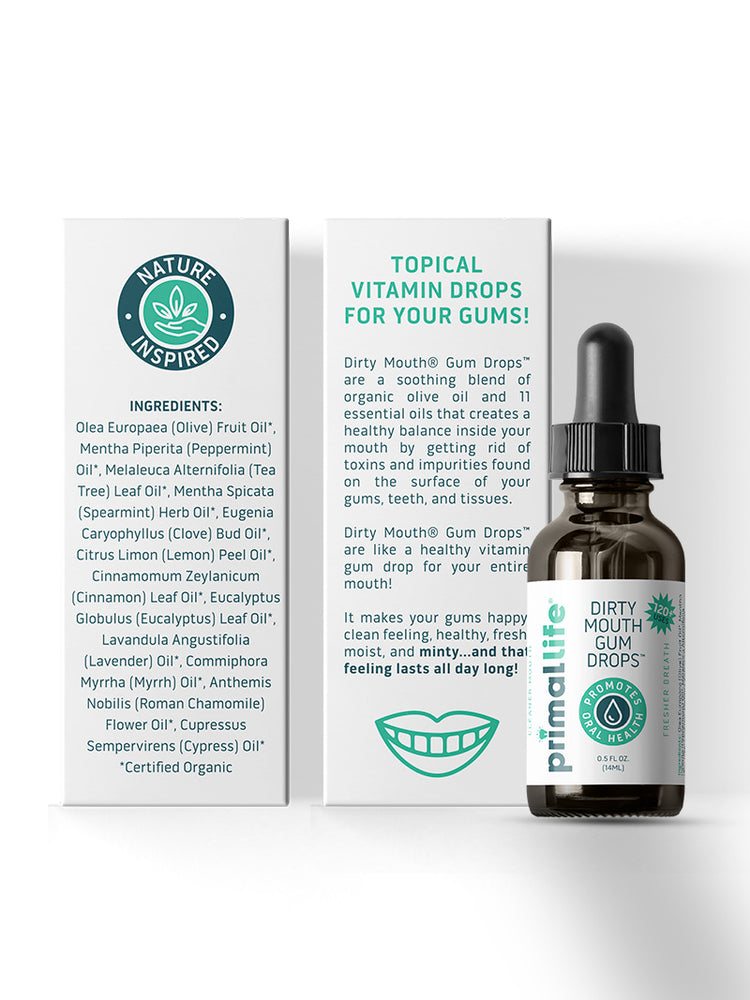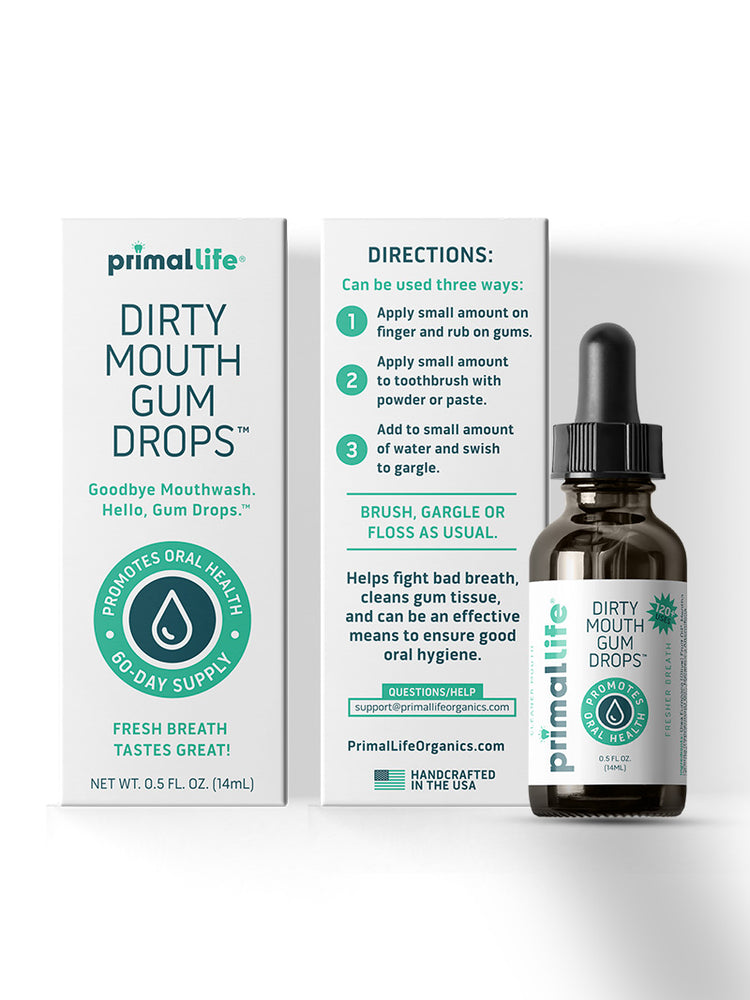Open Your Eyes to the Dangers of Commercial Cosmetics
“I wear make-up almost every day. I did not know that my favorite products were polluting my body with chemicals that can make me sick. I did not know the colors came from mica…a chemical known to cause cancer! I refuse to put chemicals on my face to make me beautiful that also could cause cancer, clog my pores, and essentially destroy the very thing that I was trying to beautify!
So I did something unusual — I created a line of Colors made from real food and plant sources. Now I feed my skin antioxidants that actually help fight cancer by destroying free radicals!” -Trina Felber RN, BSN, MSN, CRNA, CEO of Primal Life Organics

We women put it on our faces every single day. But how often do we really stop to think about what is in the products that we routinely put on our face? My honest answer was never.
Once I began my research, however, I was less than impressed with the quality of the products that I was using on a regular basis. A quick Internet search revealed that it was impossible to find an ingredient list for the commercial foundation I had been using for a long time. So, I had to peel off the label on my bottle because the ingredients are listed on the inside of the label – the sticky side that you can’t see unless removed.
Out of the 25 listed ingredients, 23 of them were completely unrecognizable to me, and 11 of them were almost impossible to pronounce! The only two that were familiar were water and synthetic wax. Less than half (11) of those ingredients are scored as a zero by the Environmental Working Group (EWG), meaning that they have not been found to be toxic or hazardous. Six of them are scored in the moderate hazard category, and there is even one scored in the high hazard category.
The purpose of the EWG is to “serve as a watchdog to see that Americans get straight facts, unfiltered and unspun, so they can make healthier choices and enjoy a cleaner environment. We use the power of information to create cutting-edge research and advocacy that transform government policies and the marketplace in order to conserve land and water, produce and use energy responsibly and ensure that food and consumer products are free of harmful chemicals” — Environmental Working Group. Their website harbors a plethora of little known research on the harmful chemicals that we encounter every day through the products that we consume.
So looking deeper into my ex-foundation, I found that the moderately hazardous ingredients included propylene glycol, cyclopentasiloxane (CPS), PEG/PPG-18/18 dimethicone, titanium dioxide, talc, and mica. Do you know what any of those are or how they can harm you? Let me enlighten you.
CPS may be associated with environmental toxicity, organ system toxicity, ecotoxicity, endocrine disruption, and neurotoxicity (so it can negatively affect your environment and ecosystem, as well as your organs, your brain, and your hormones). Propylene glycol has been shown to be linked to cancer, developmental/reproductive issues, allergies/immunotoxicity, neurotoxicity, endocrine disruption, as well as being associated with contact dermatitis and contact urticarial (rashes). PEG/PPG-18/18 dimethicone may be contaminated with potentially toxic manufacturing impurities such as 1,4-dioxane. Talc can be contaminated with asbestos fibers, posing risks for respiratory toxicity and cancer. Mica may be linked to endocrine disruption, organ system toxicity, cancer, ecotoxicology and neurotoxicity.
But the two most alarming ingredients found in commercial make up – propylparaben and methylparaben – are considered great health hazards because of the overwhelming evidence to back up the risk factors associated with them. These mimic estrogen and can act as potential endocrine (hormone) system disruptors. There is also strong evidence that they are an immune toxicant or allergen. These are considered highly hazardous according to the EWG, to the point where their concentration is restricted in cosmetics. But if the risk is so real that their quantities have to be limited, then why are they being used at all?
I know I’ve only scratched the surface of the potential toxins in one specific commercial make up product, so I want to encourage anyone and everyone to go to the EWG website and look up your preferred cosmetics, as well as the ingredients in them. What are the risks associated with some of the ingredients? I realize you only use a tiny amount of make up with each application, but do you wear it every day? If we are reading our food labels to ensure that we are not putting toxins IN our bodies, shouldn’t we be reading personal care labels to see what we are really putting ON our bodies?
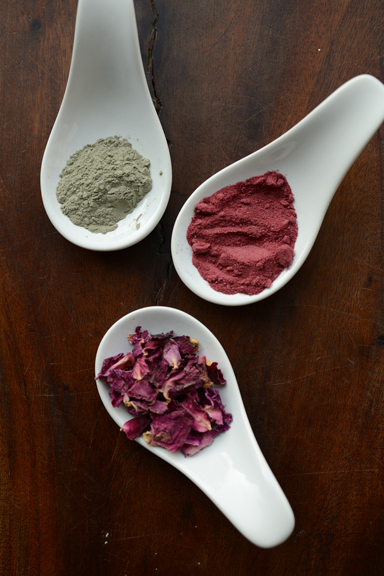 Primal Life Organics was created to offer the option of Paleo Skincare (skin-food as we refer to it). Paleo denotes earth-given nutrition for both our insides and our outsides. Using Paleo skin-food provides the skin with healing, nurturing and moisturizing elements in the form of oils, essential oils, food and plant sources as well as the dirt itself (clay). Primal Life Organics introduces Primal Colors- Paleo makeup sourced from the earth. Toxins, chemicals, preservatives and fragrances NEVER find their way into ANY of our products. Primal Colors is made FRESH when ordered- ensuring the most nutrient dense ingredients. Our color palate is created by mixing food and plant sources, such as cranberry, beet root, hibiscus flowers, cocoa and spirulina with dirt. No additives, fillers or chemicals.
Primal Life Organics was created to offer the option of Paleo Skincare (skin-food as we refer to it). Paleo denotes earth-given nutrition for both our insides and our outsides. Using Paleo skin-food provides the skin with healing, nurturing and moisturizing elements in the form of oils, essential oils, food and plant sources as well as the dirt itself (clay). Primal Life Organics introduces Primal Colors- Paleo makeup sourced from the earth. Toxins, chemicals, preservatives and fragrances NEVER find their way into ANY of our products. Primal Colors is made FRESH when ordered- ensuring the most nutrient dense ingredients. Our color palate is created by mixing food and plant sources, such as cranberry, beet root, hibiscus flowers, cocoa and spirulina with dirt. No additives, fillers or chemicals.
We invite you to try Primal Colors. Please view our Primal Colors instructional videos. These video thoroughly explain how to obtain the perfect look without harming your skin with chemical make-up. We always welcome questions and our Primal Colors Specialist, Carrie, can be contacted via carrie@primallifeorganics.com.
Paleo embraces Nature. Nature embraces Primal Life Organics. Primal Life Organics embraces Primal Colors. The Re-Generation of Makeup.
Paleo makeup is now available to compliment your lifestyle and your complexion!
For those interested in additional information, click here for an article from EWG on the topic of chemicals in cosmetics
Written by Carrie Perkins
Primal Colors Specialist
carrie@PrimalLifeOrganics.com







